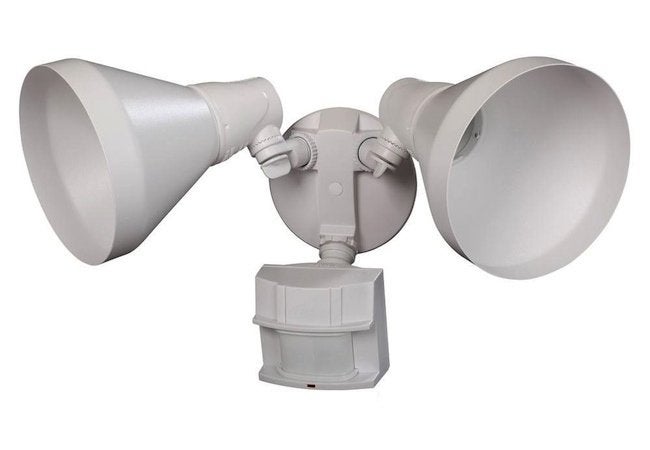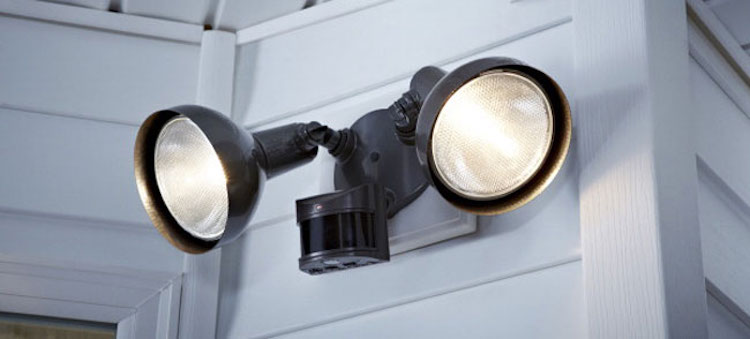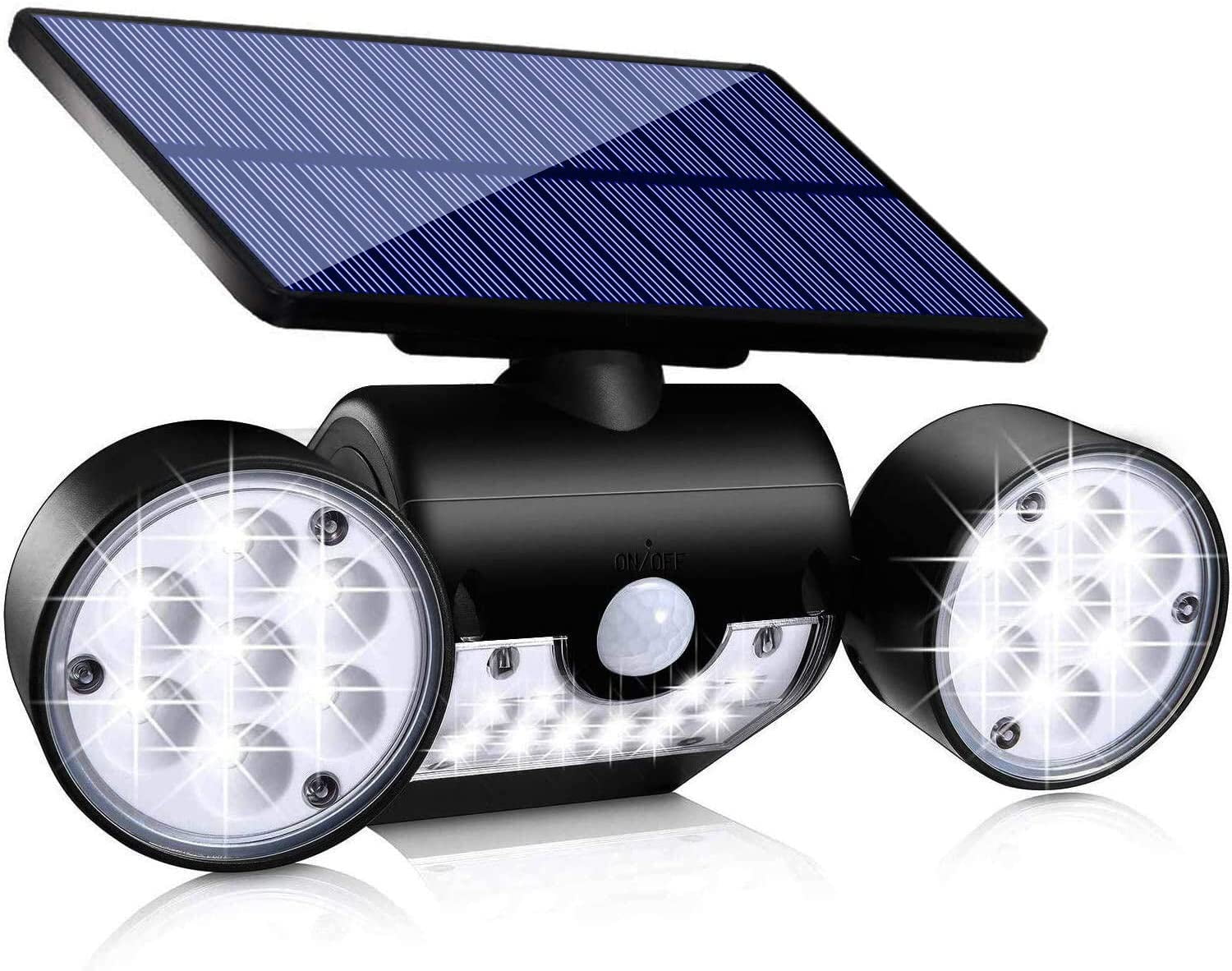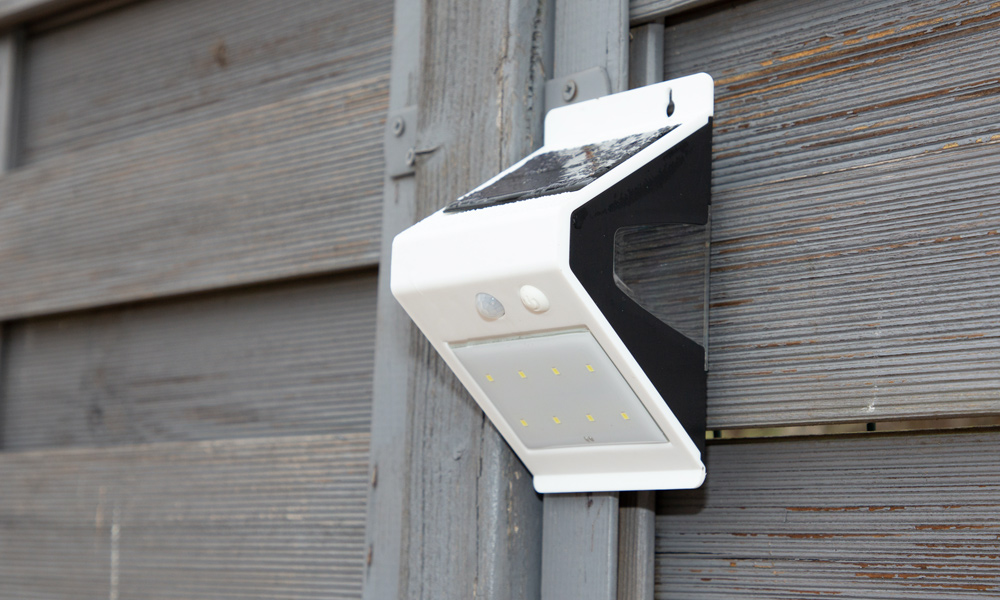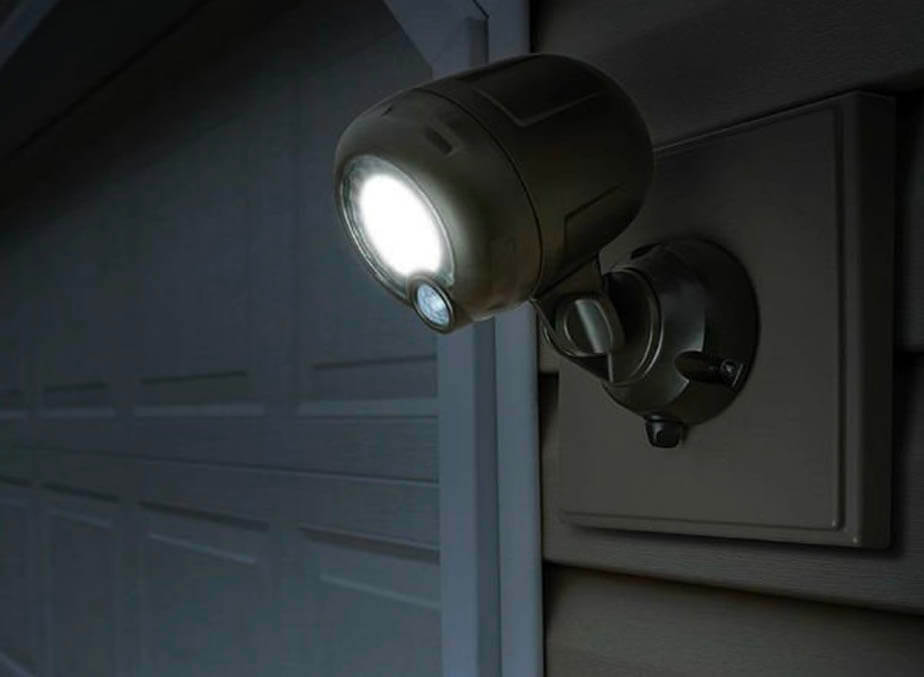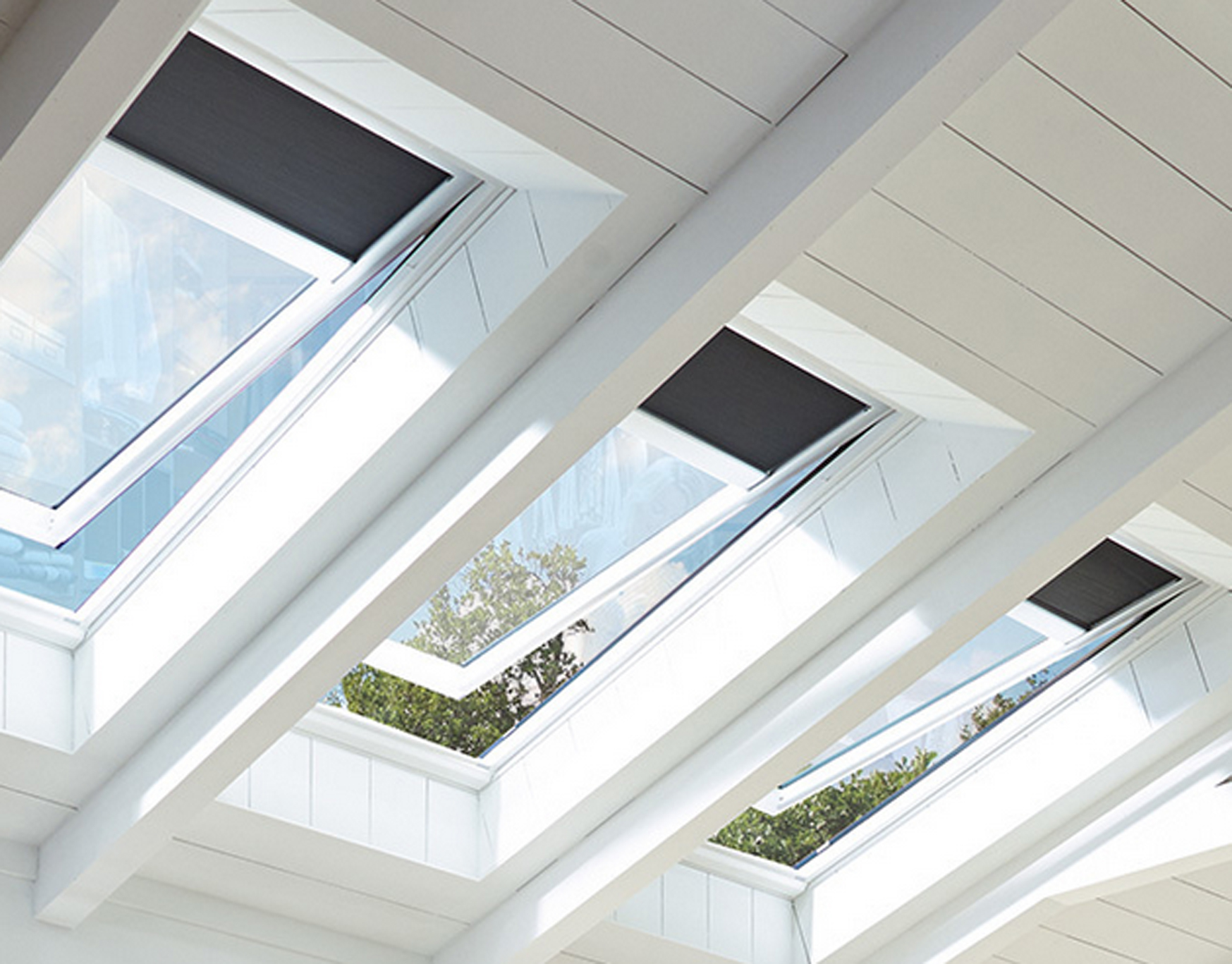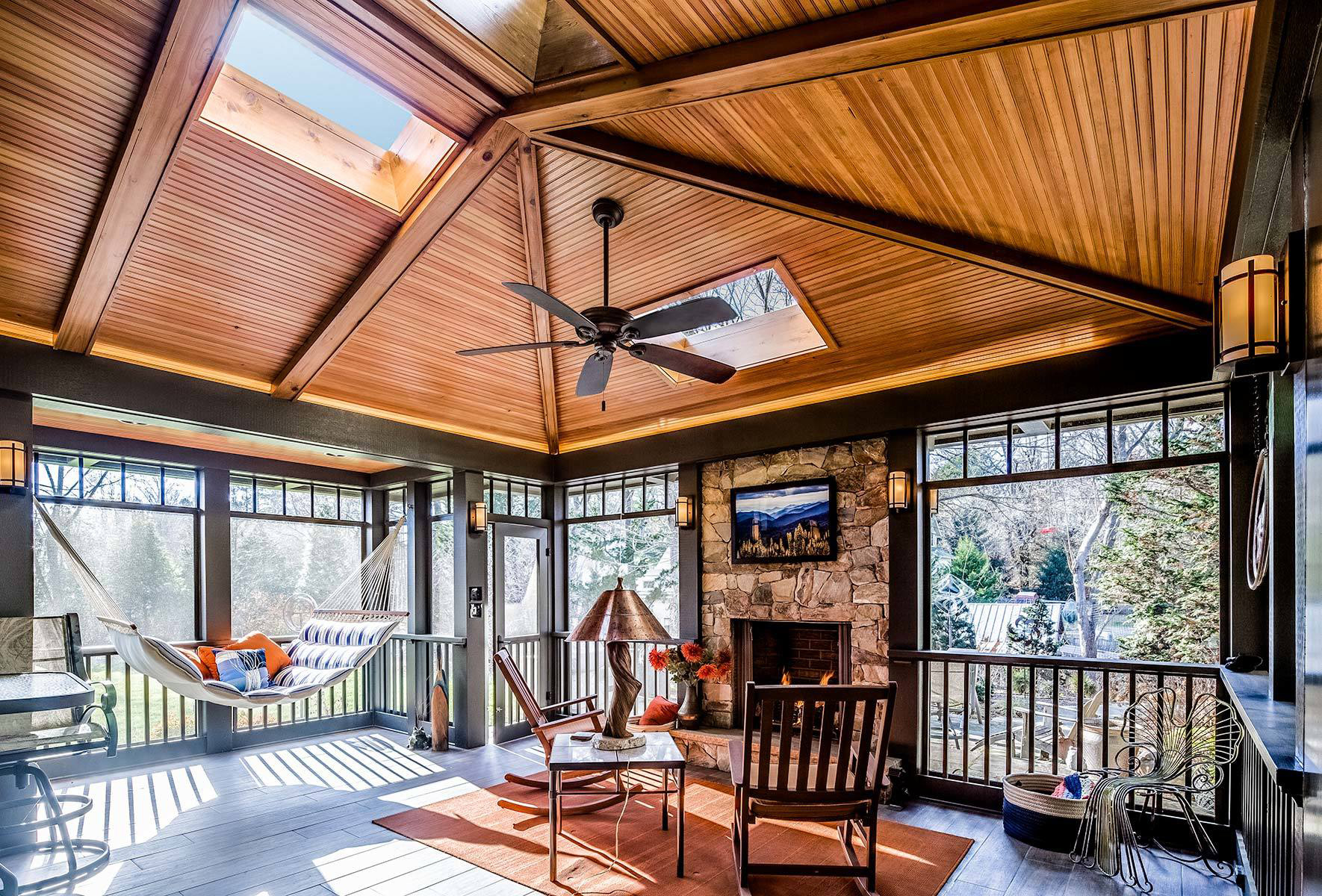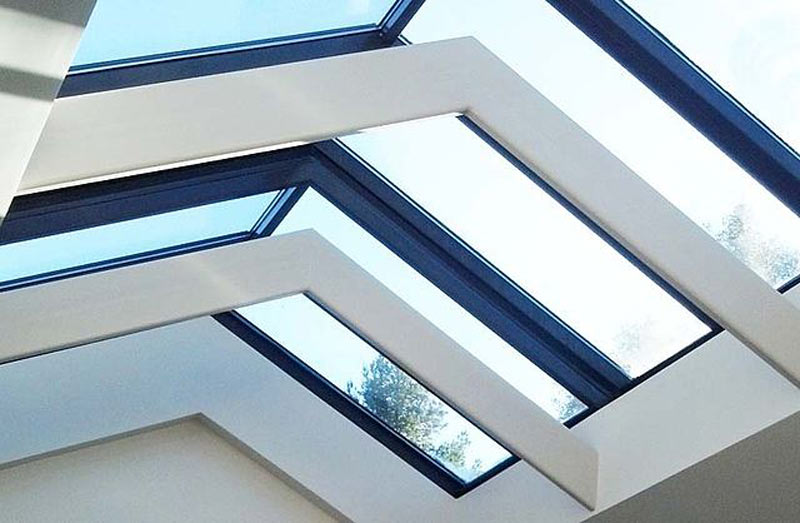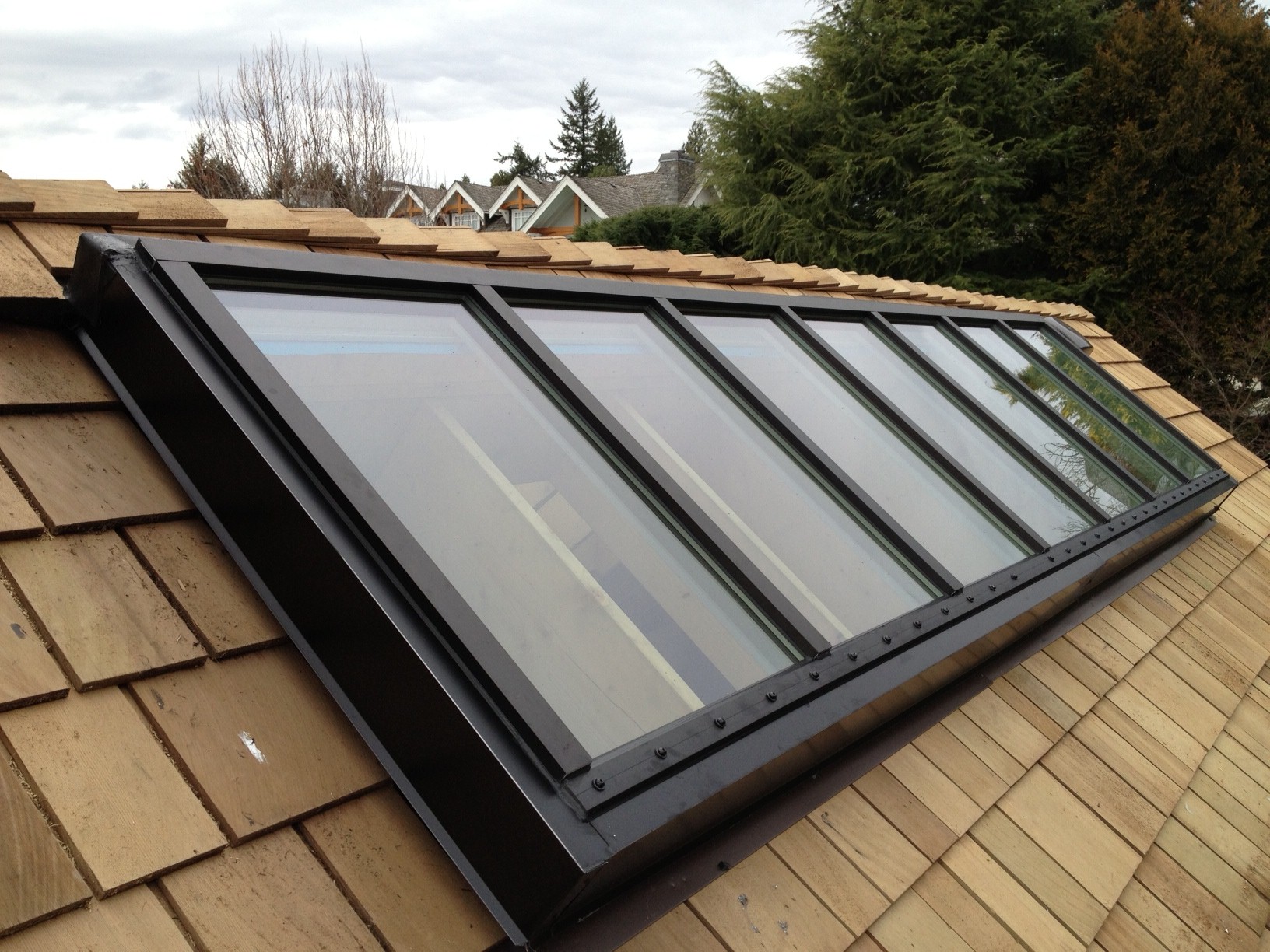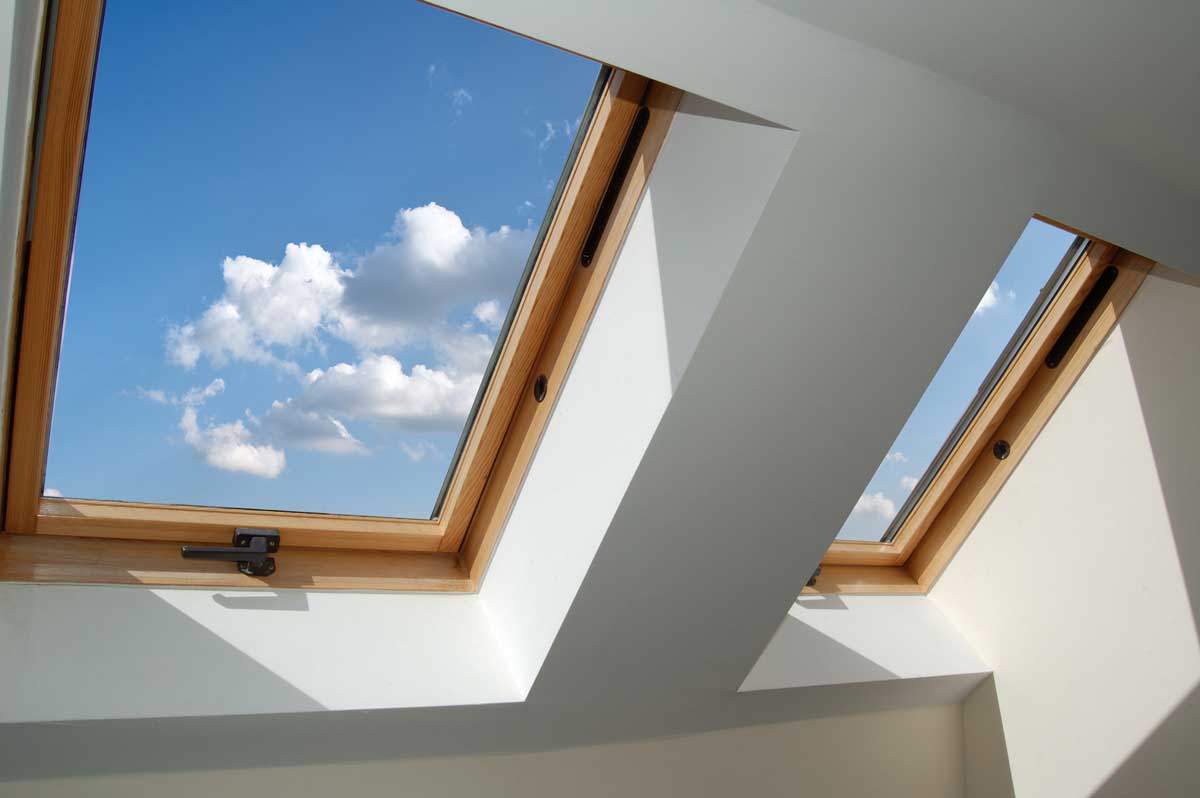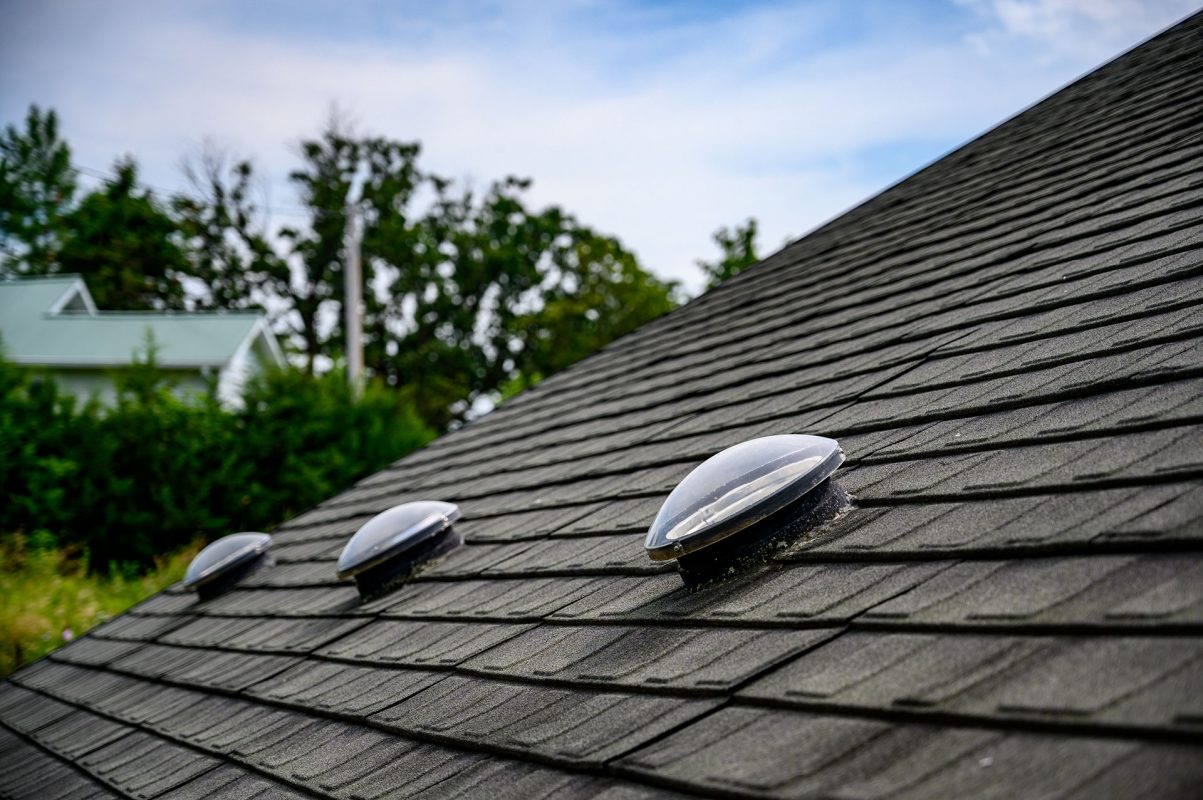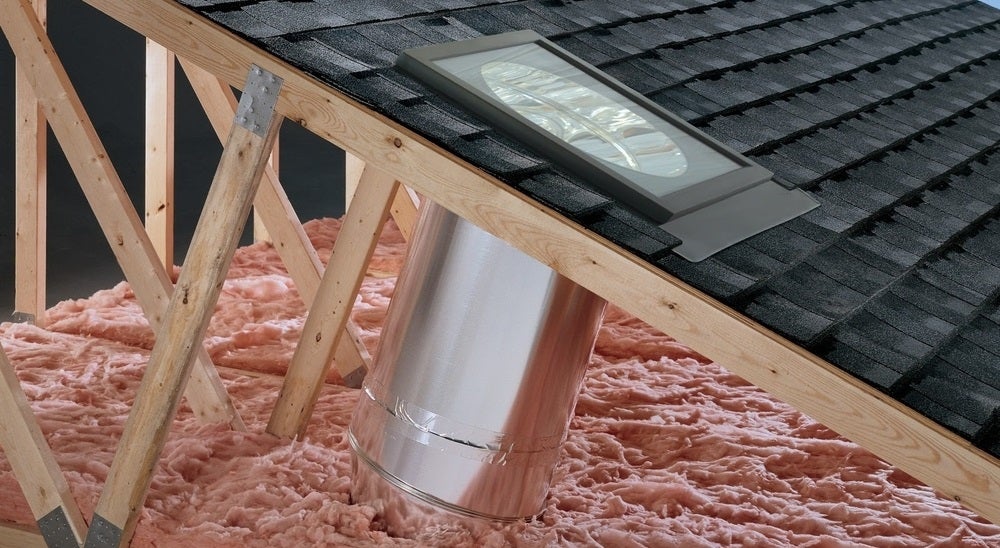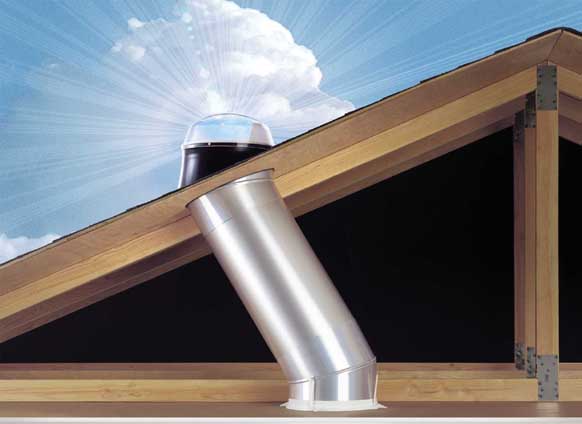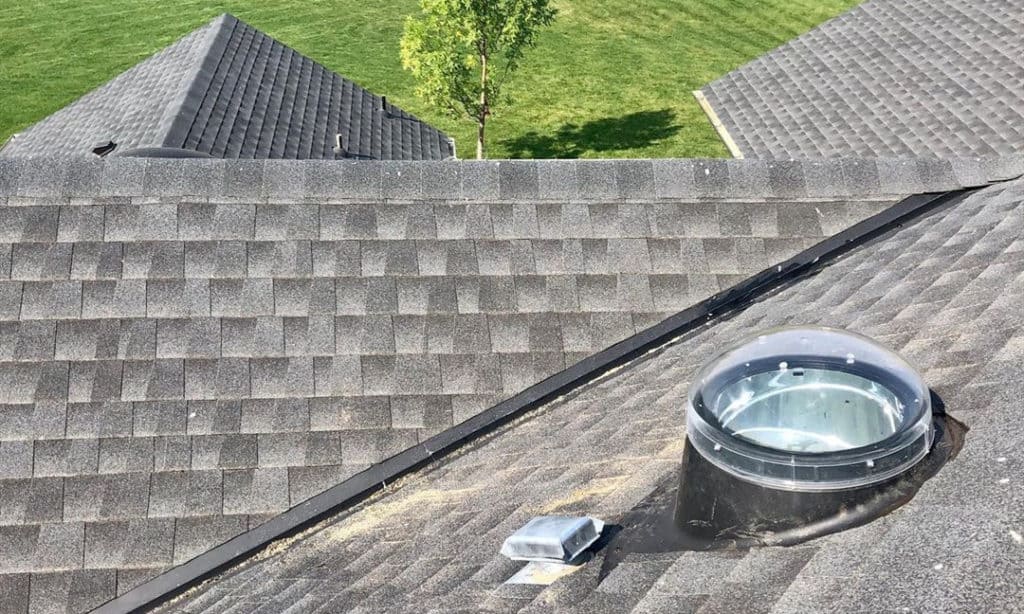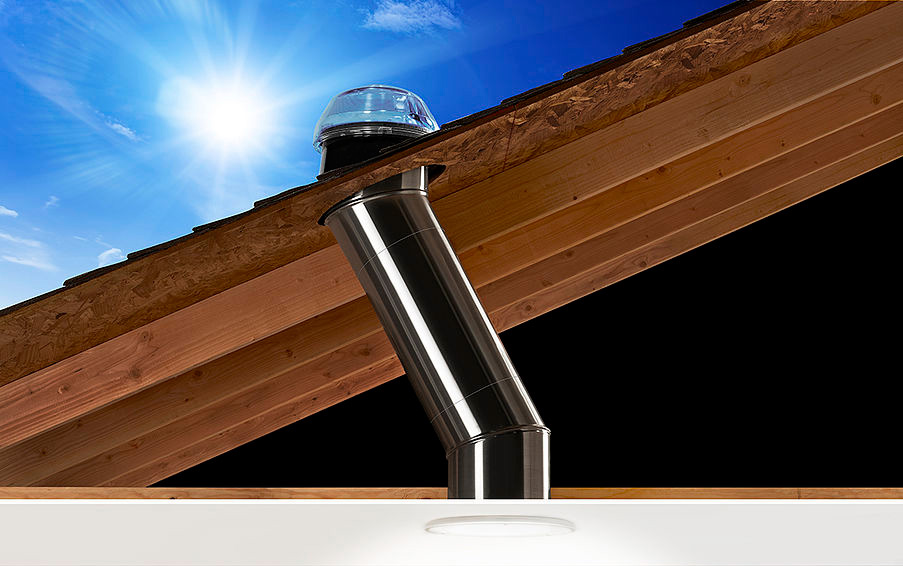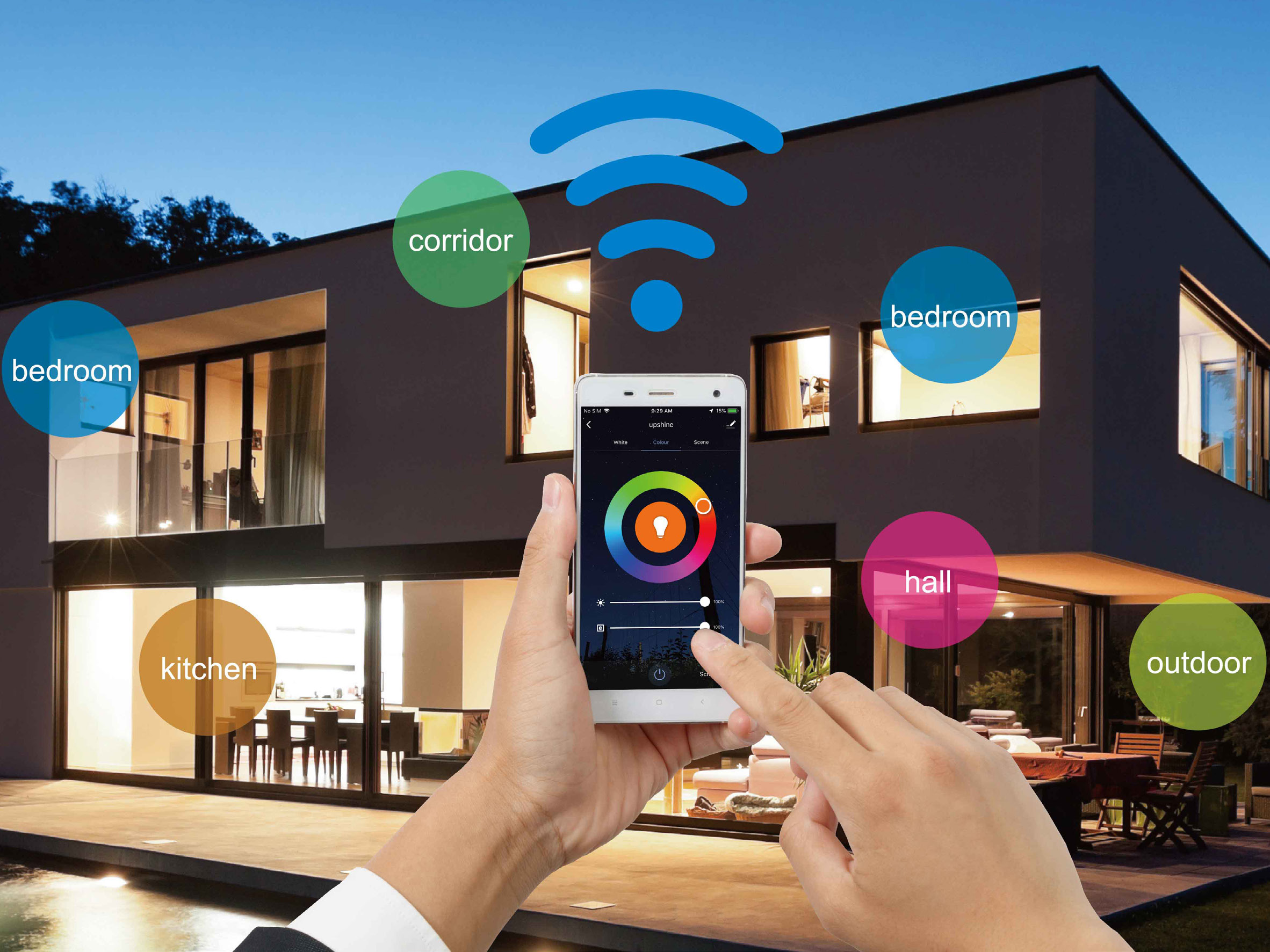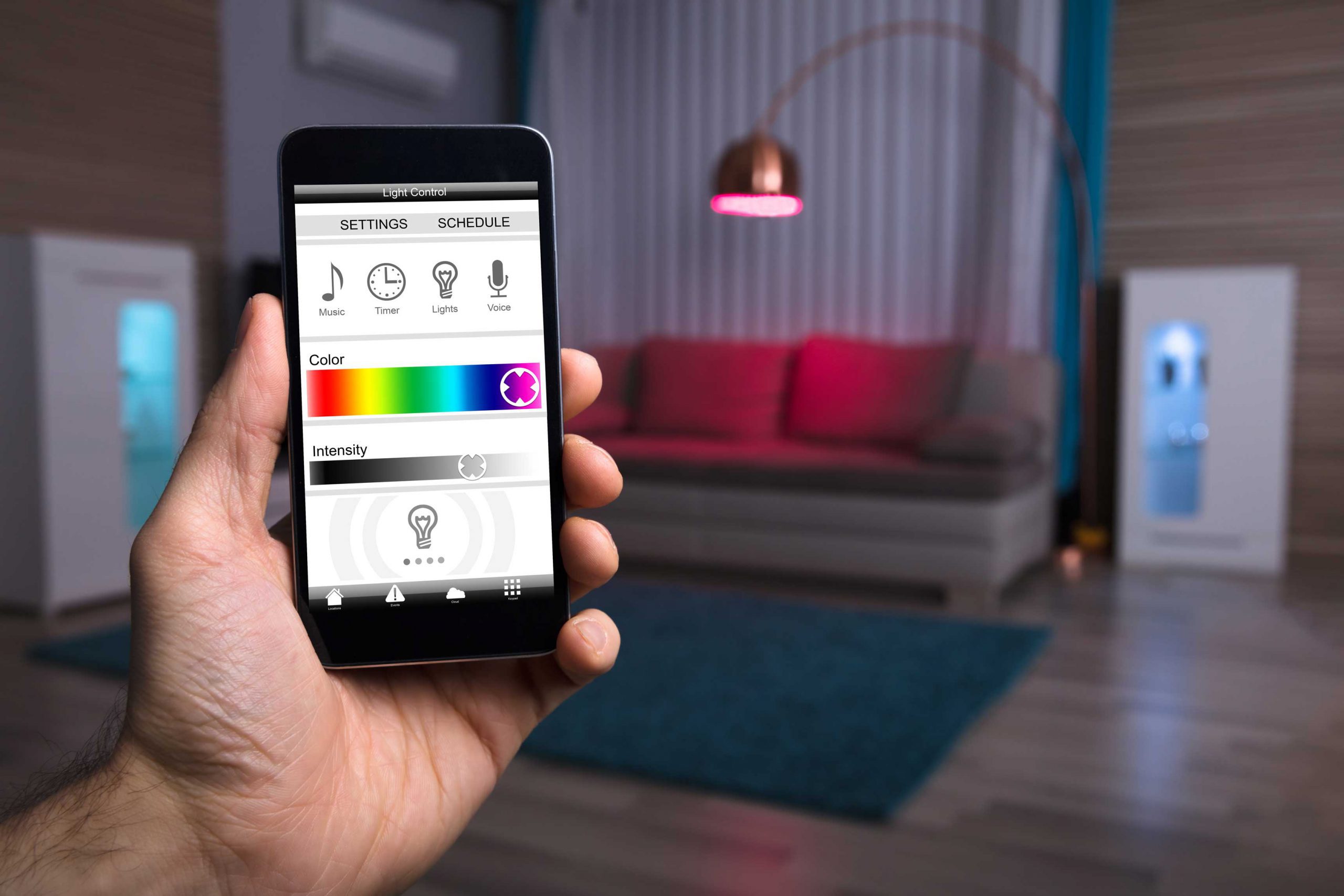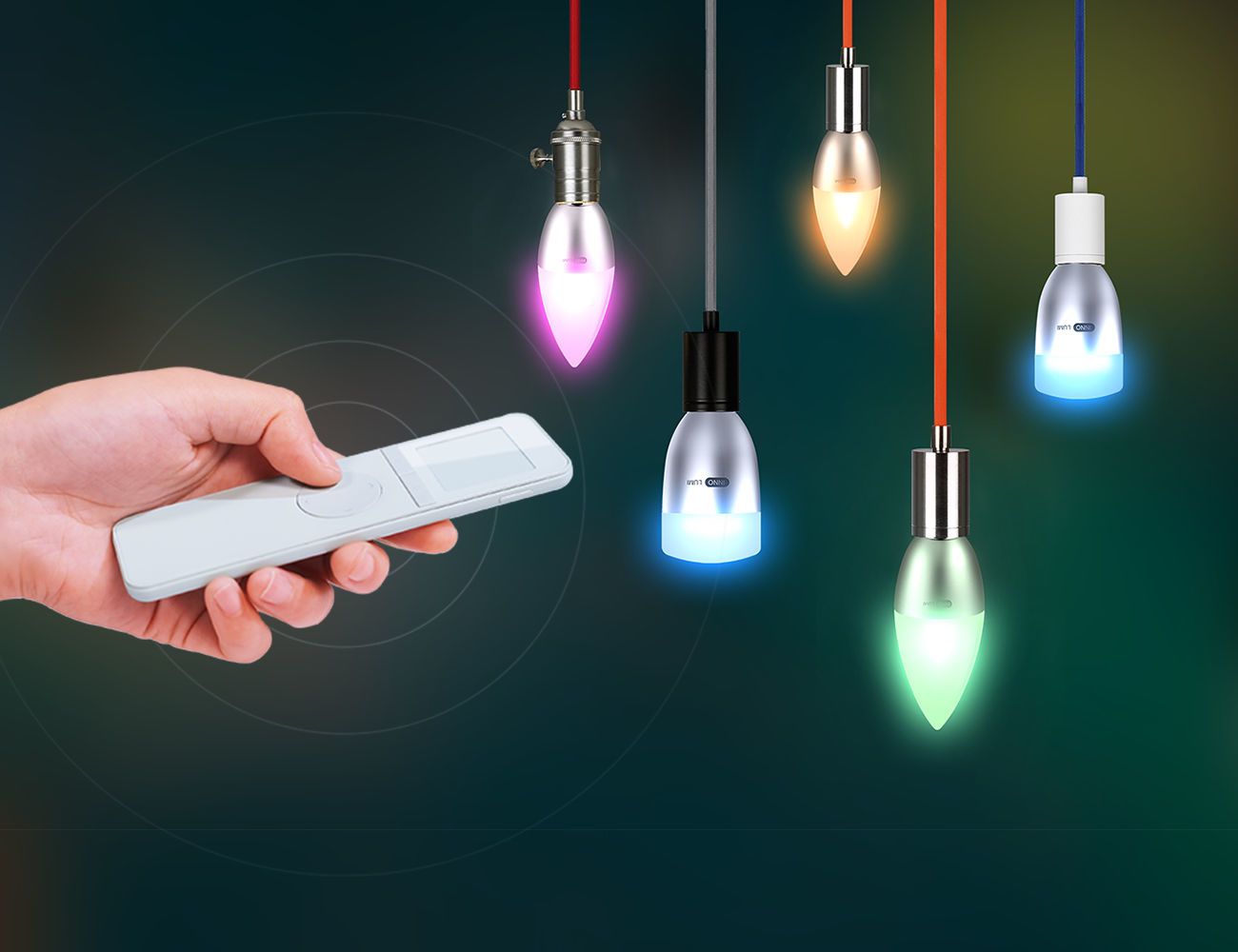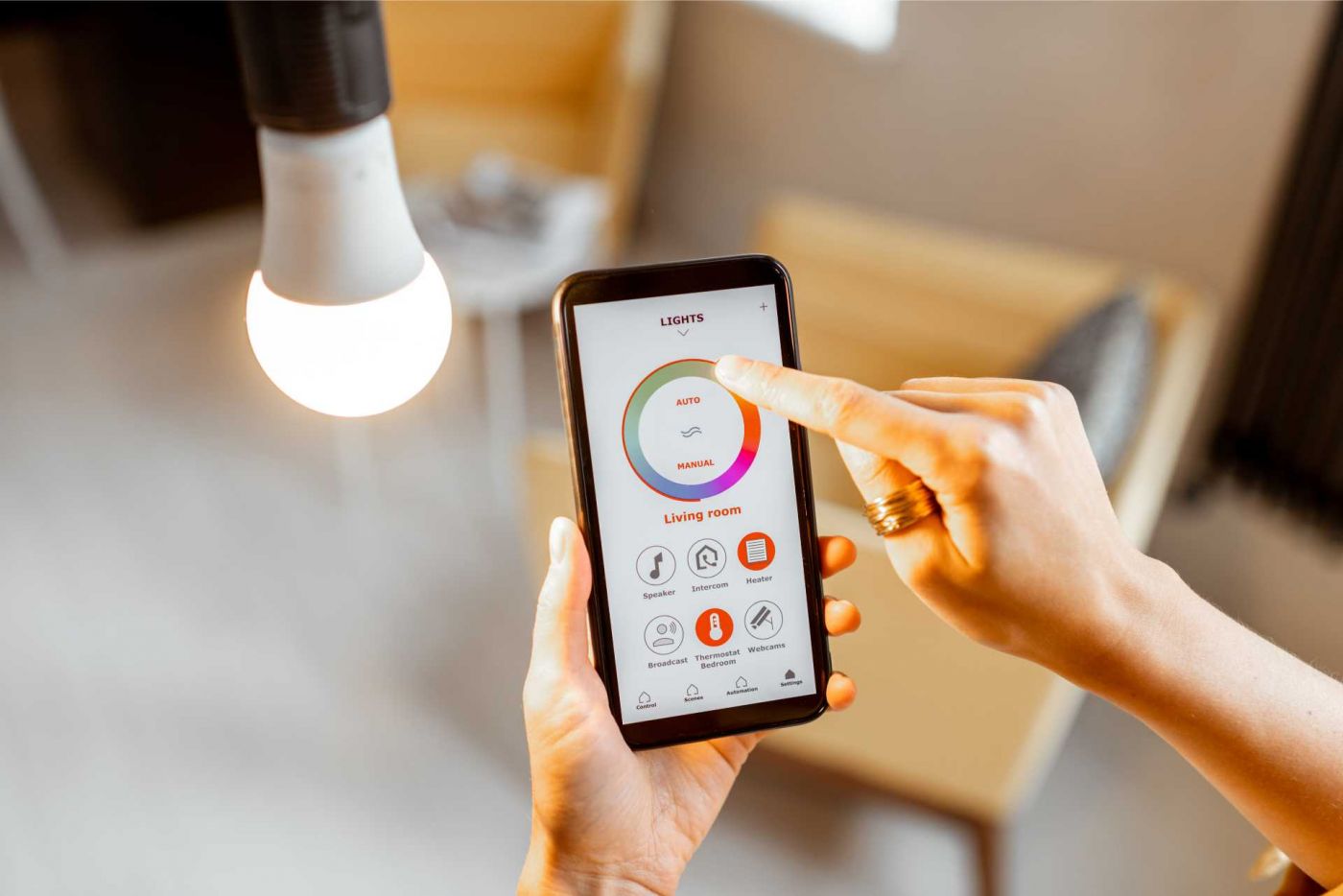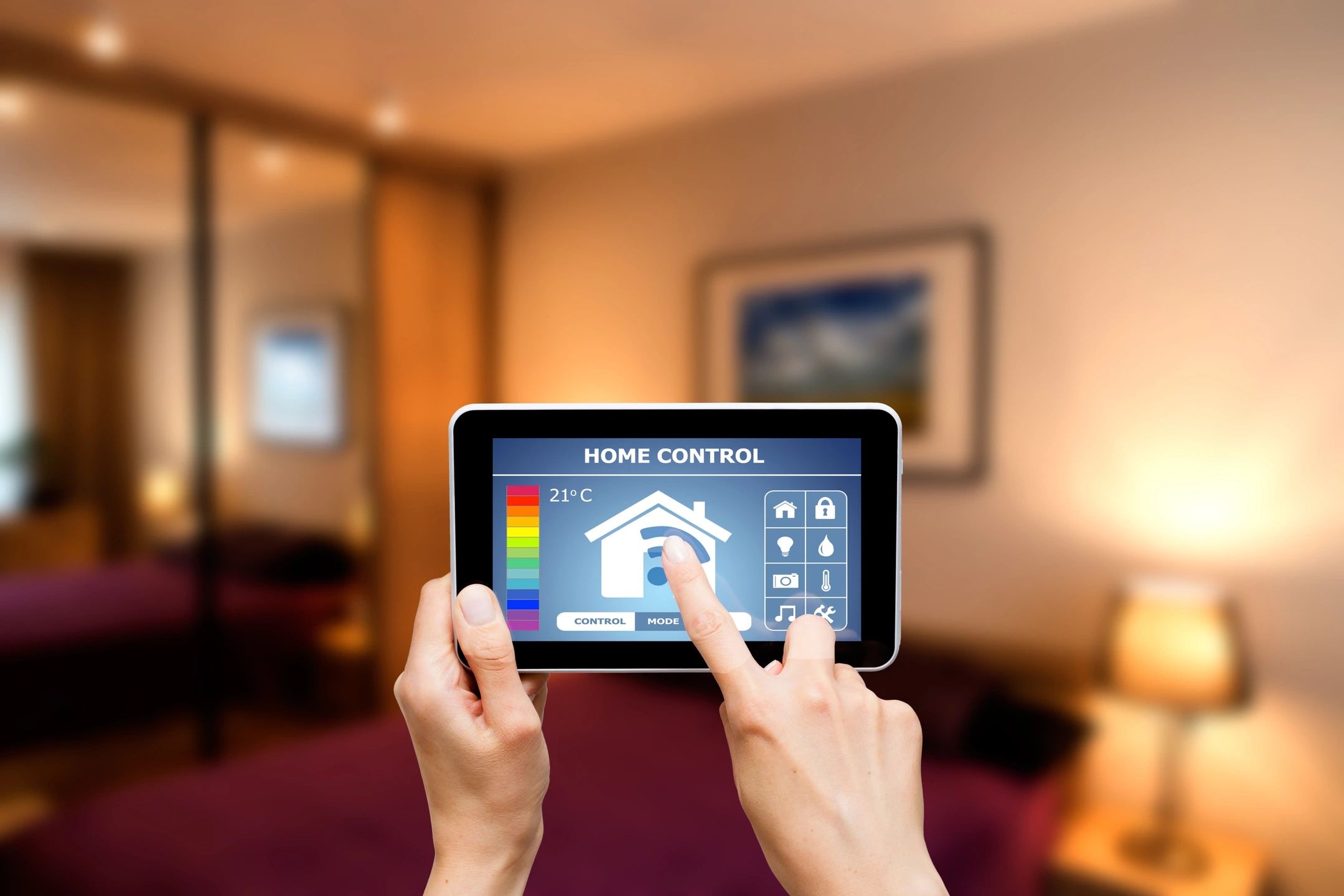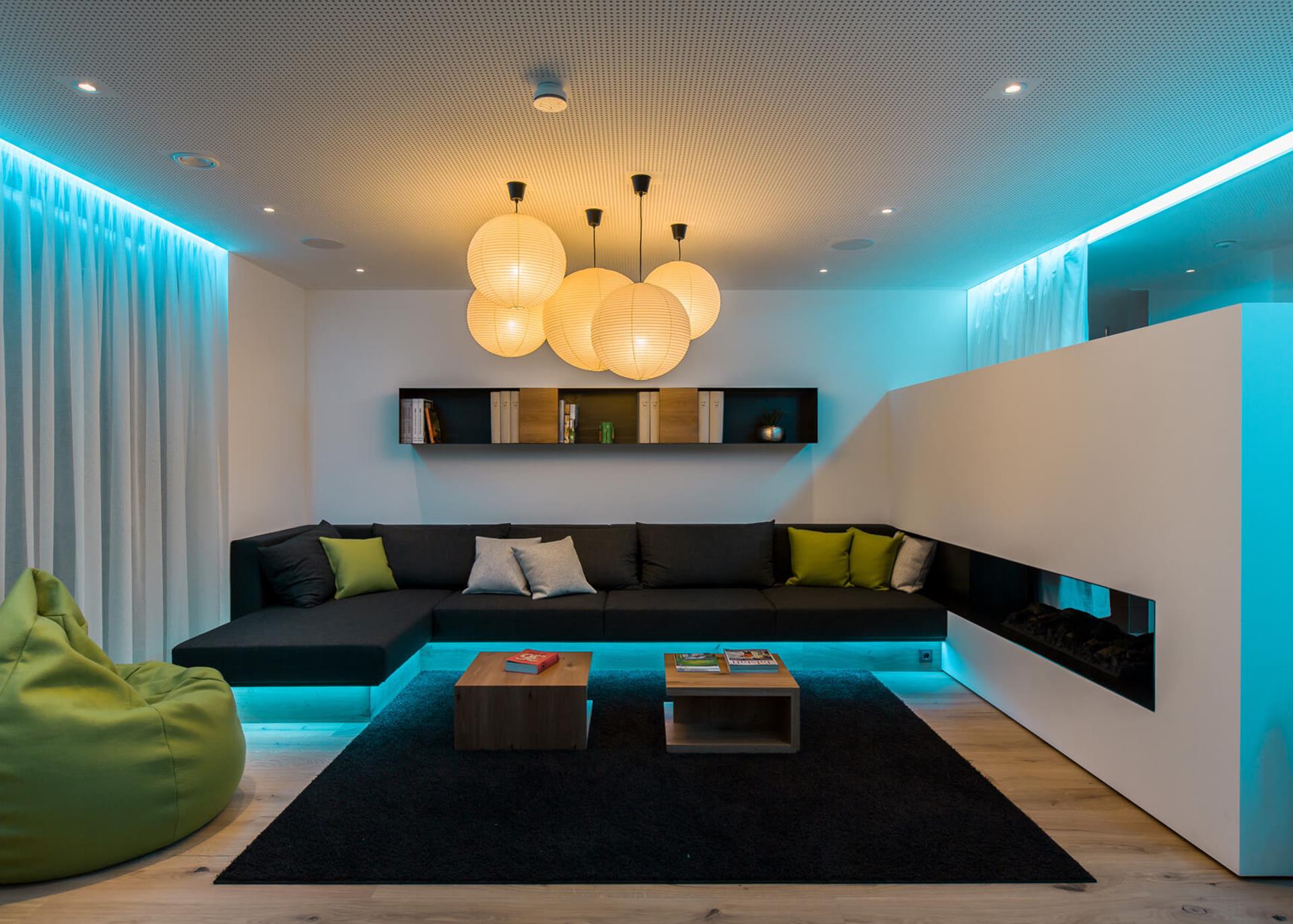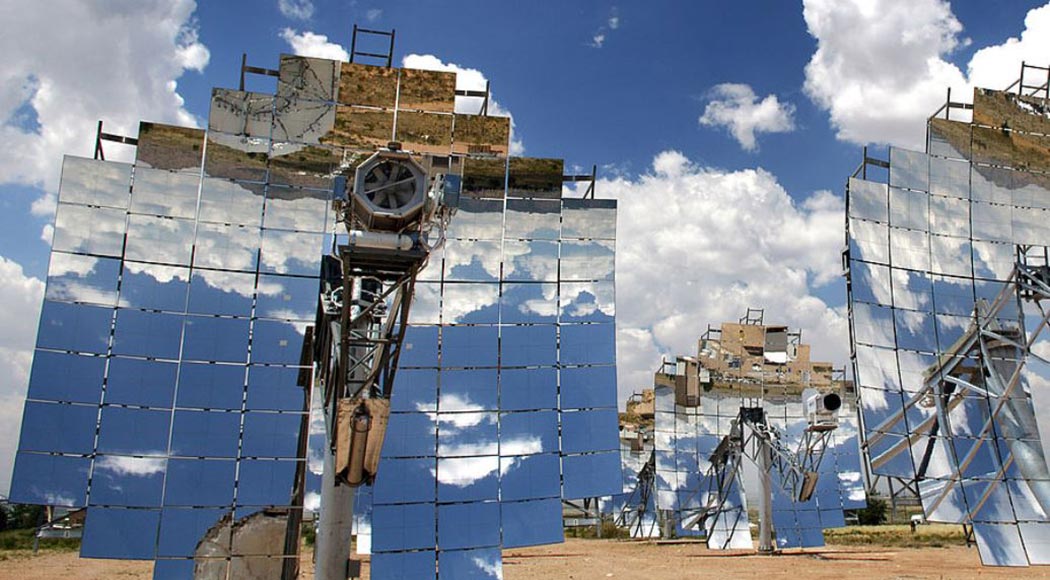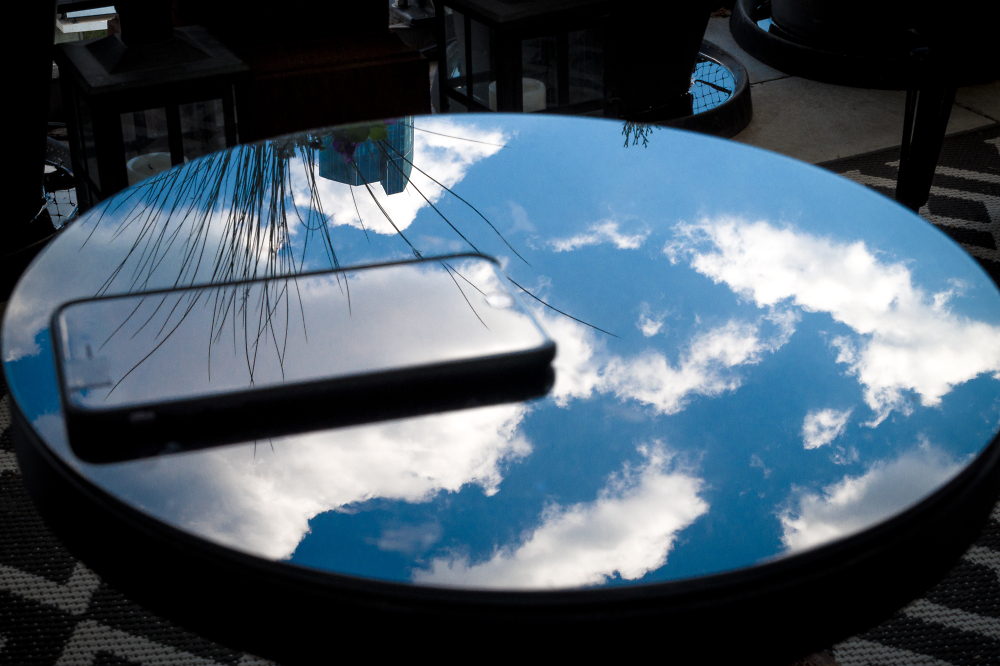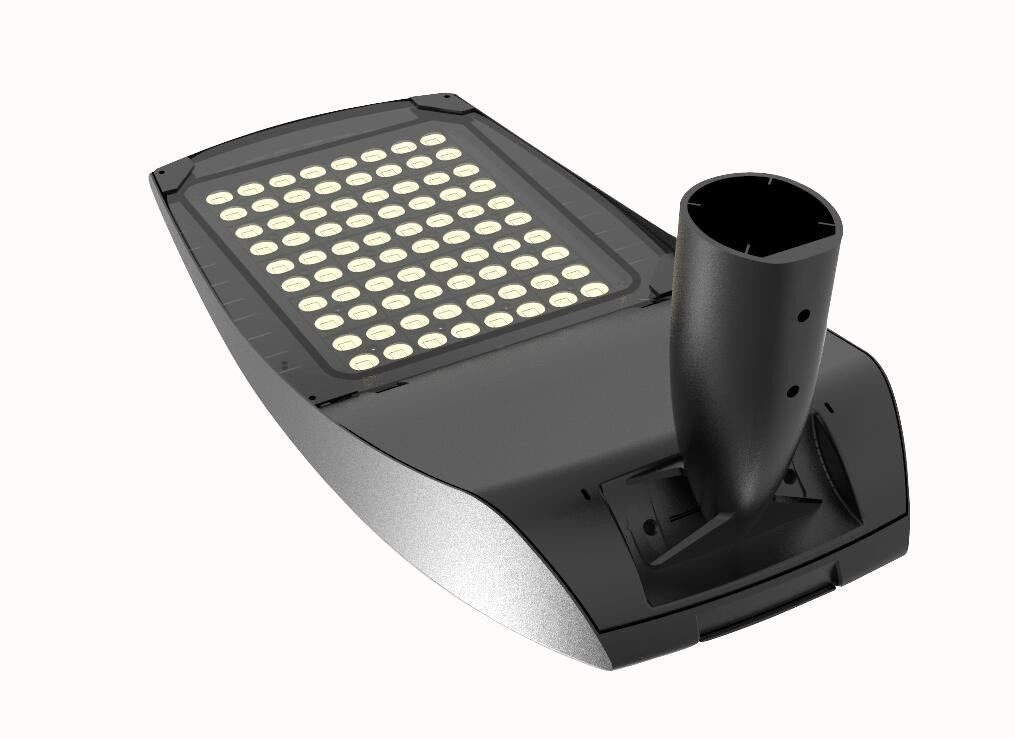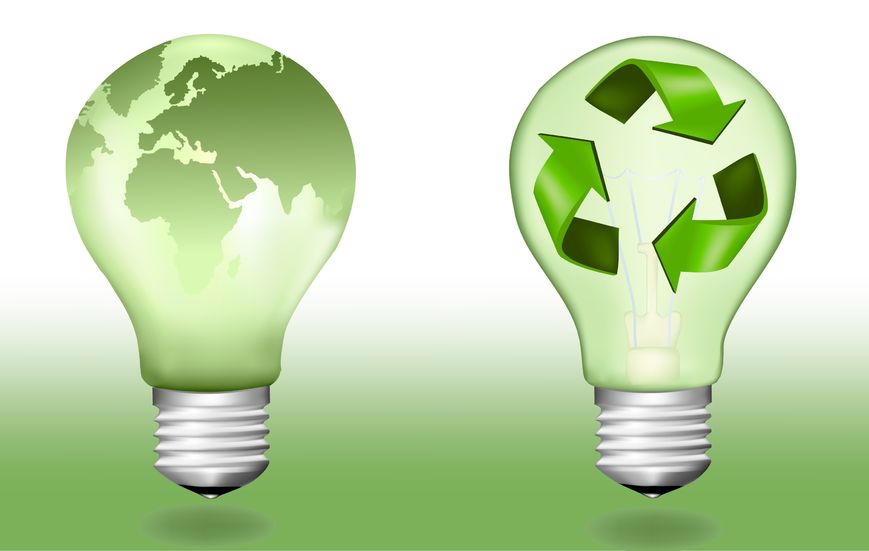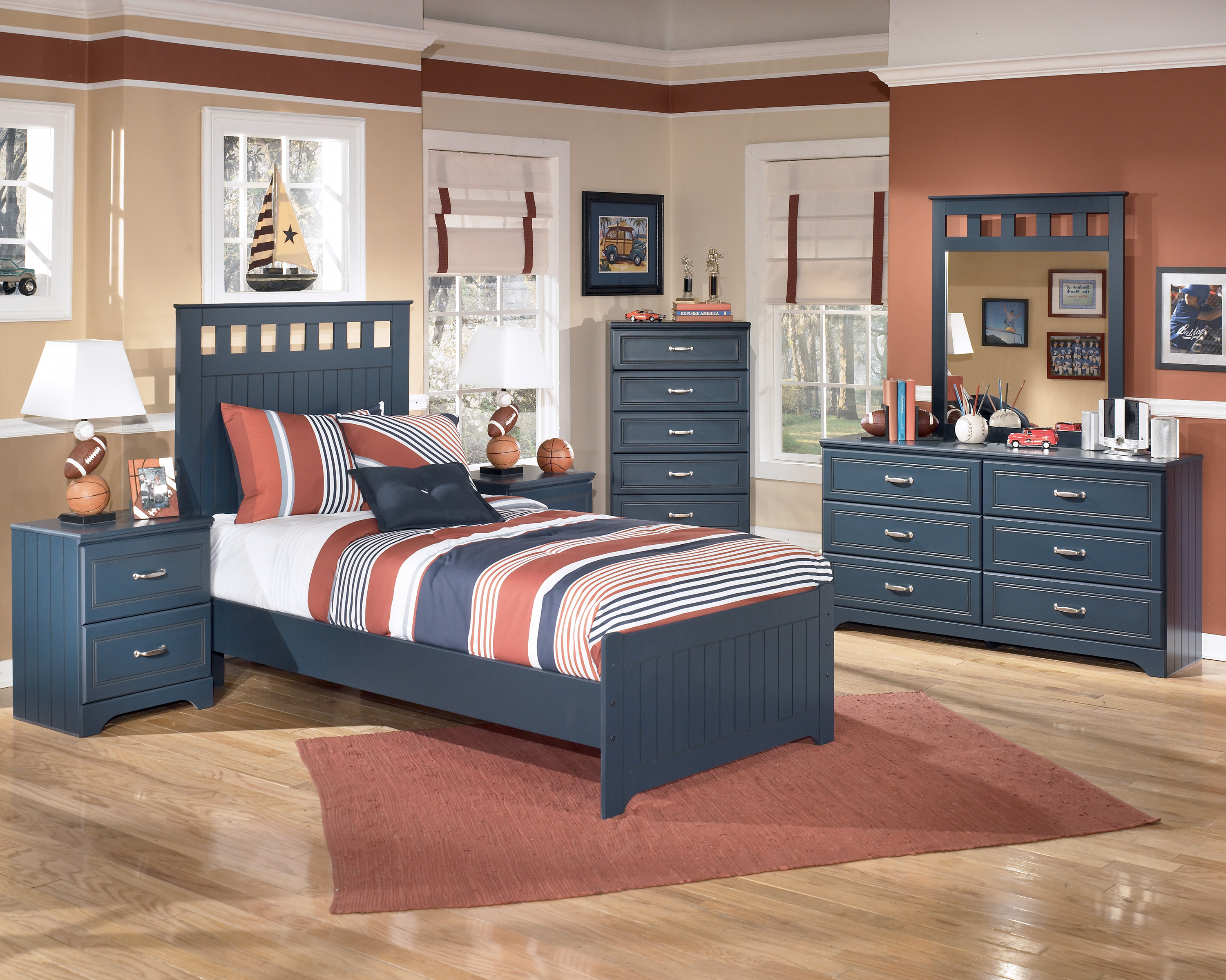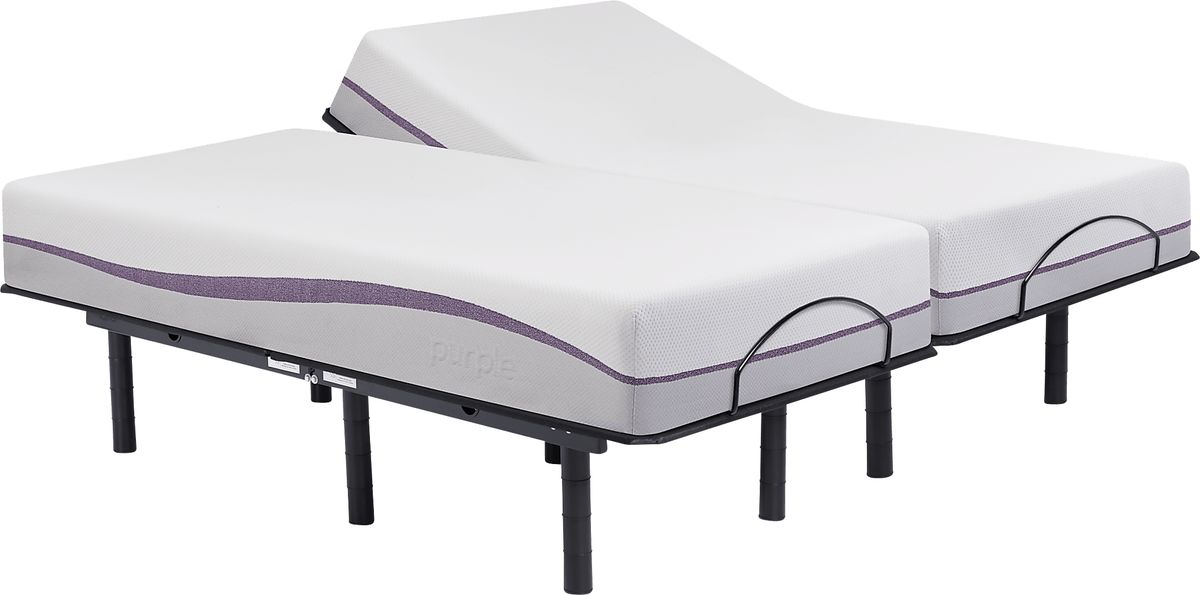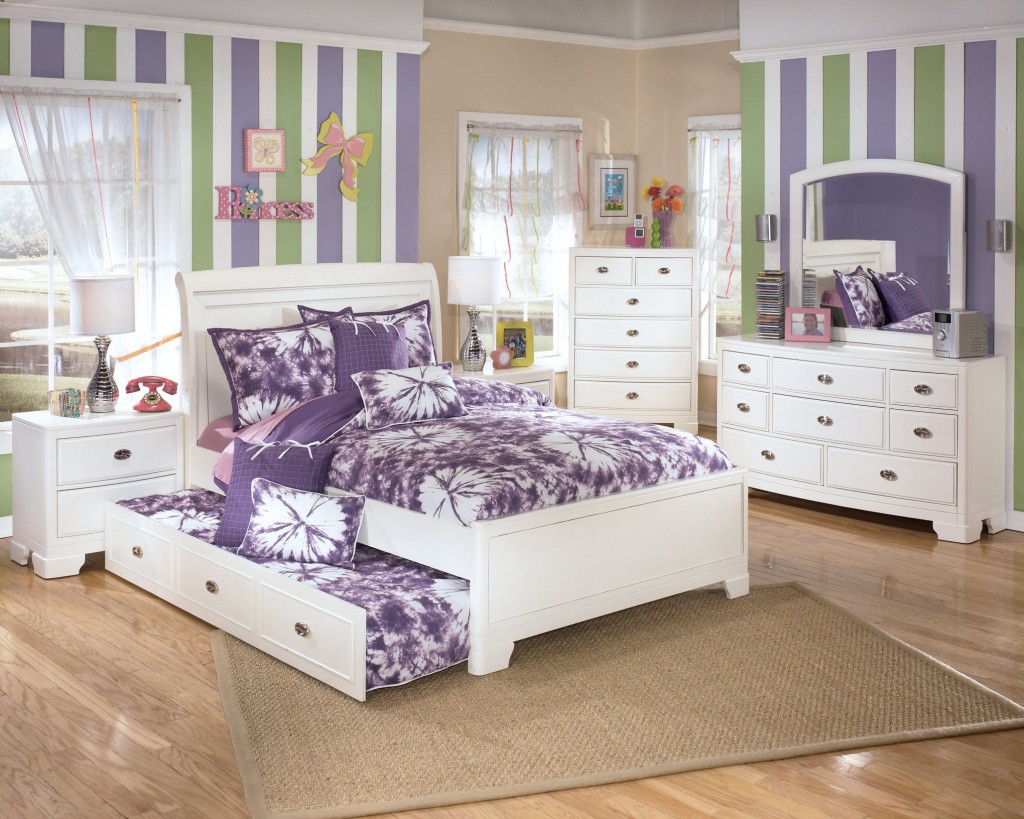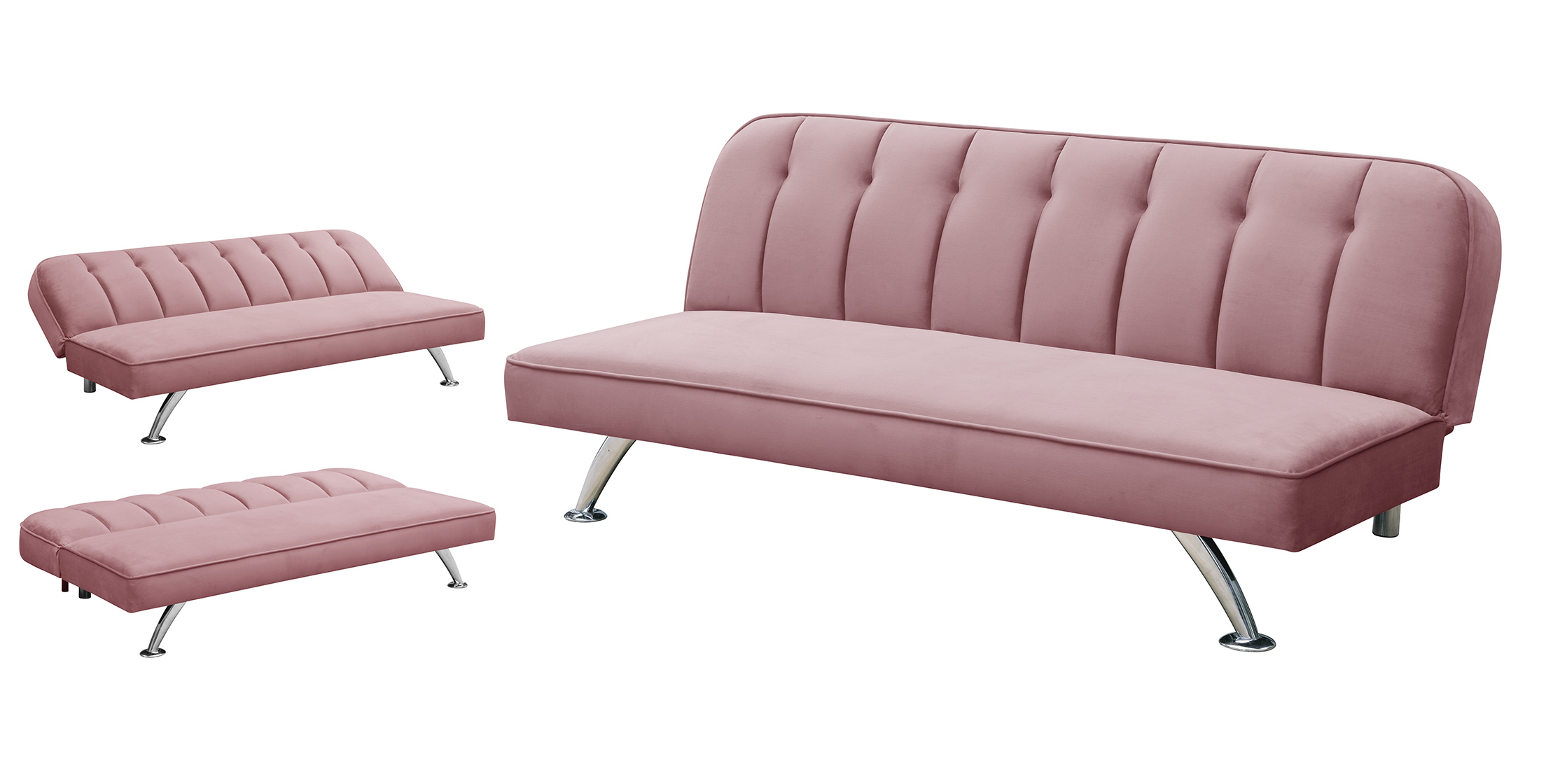Energy-efficient light bulbs
One of the easiest and most effective ways to save energy in the kitchen is by using energy-efficient light bulbs. These bulbs use less energy and last longer than traditional incandescent bulbs, making them a cost-effective option for any kitchen. LED and CFL bulbs are the most common types of energy-efficient bulbs, and they come in a variety of shapes, sizes, and brightness levels to fit your kitchen's lighting needs.
Solar-powered kitchen appliances
Solar-powered kitchen appliances are a great way to reduce your kitchen's energy consumption. These appliances use the power of the sun to operate, making them a renewable and sustainable option. Some popular solar-powered kitchen appliances include solar ovens, solar refrigerators, and solar water heaters. While they can be more expensive upfront, they can save you money in the long run by reducing your energy bills.
Natural light through windows
One of the simplest and most natural sources of light in the kitchen is natural light through windows. Not only does it provide a bright and airy atmosphere, but it also reduces the need for artificial lighting during the day. To maximize the amount of natural light in your kitchen, opt for large windows and skylights if possible.
LED strip lighting under cabinets
LED strip lighting is a popular choice for under cabinet lighting in the kitchen. These lights are energy-efficient, long-lasting, and can be easily installed without the need for professional help. They can also be controlled by a dimmer switch, allowing you to adjust the brightness according to your needs. LED strip lighting adds a modern and sleek touch to any kitchen while also saving energy.
Motion sensor lights
Motion sensor lights are a convenient and energy-efficient option for the kitchen. These lights turn on automatically when they detect movement in the kitchen and turn off when no one is present, saving energy in the process. They are particularly useful for areas like the pantry or the refrigerator, where you may have your hands full and can't turn on the lights manually.
Skylights
As mentioned earlier, skylights are a great way to bring natural light into the kitchen. They can be installed on the roof or even on a flat ceiling, depending on your kitchen's layout. Skylights provide a direct source of natural light, making them an excellent option for kitchens with limited windows.
Solar tubes
Solar tubes, also known as solar skylights, are a cost-effective alternative to traditional skylights. They are small, round, and can be installed in areas with limited space, making them a great option for small kitchens. Solar tubes use reflective materials to capture and redirect natural light into the kitchen, providing a bright and energy-efficient lighting solution.
Smart lighting systems
Smart lighting systems allow you to control the lights in your kitchen through your smartphone or voice commands. This technology allows you to turn lights on and off, adjust brightness and color, and even set schedules for when you want the lights to turn on or off. Smart lighting systems can help save energy by ensuring that lights are not left on when they are not needed.
Reflective surfaces to maximize natural light
In addition to using natural light sources, you can also maximize the amount of natural light in your kitchen by incorporating reflective surfaces. This includes using light-colored paint on walls and cabinets, mirrors, and glass backsplashes. These surfaces help bounce natural light around the kitchen, reducing the need for artificial lighting.
Energy-saving light fixtures
Last but not least, choosing energy-saving light fixtures is crucial in reducing your kitchen's energy consumption. This includes using ENERGY STAR certified fixtures, which are designed to use less energy without sacrificing brightness or functionality. Additionally, opting for compact fluorescent or LED bulbs for your fixtures can also help save energy in the long run.
How Light Energy is Revolutionizing Kitchen Design

The Importance of Light in Kitchen Design
 When it comes to designing a functional and aesthetically pleasing kitchen,
light energy
plays a crucial role. Not only does it provide illumination for cooking and preparing meals, but it also sets the mood and ambiance of the space. With advancements in technology,
light energy
has become an essential element in modern kitchen design, allowing for innovative and creative solutions.
When it comes to designing a functional and aesthetically pleasing kitchen,
light energy
plays a crucial role. Not only does it provide illumination for cooking and preparing meals, but it also sets the mood and ambiance of the space. With advancements in technology,
light energy
has become an essential element in modern kitchen design, allowing for innovative and creative solutions.
Natural Light Integration
 One of the most significant ways
light energy
is used in the kitchen is through natural light integration. Large windows, skylights, and glass doors are becoming increasingly popular in kitchen design, allowing for an abundance of natural light to flood the space. This not only reduces the need for artificial lighting during the day but also creates a warm and inviting atmosphere. Natural
light energy
can also enhance the colors and textures of materials used in the kitchen, making the space feel more vibrant and lively.
One of the most significant ways
light energy
is used in the kitchen is through natural light integration. Large windows, skylights, and glass doors are becoming increasingly popular in kitchen design, allowing for an abundance of natural light to flood the space. This not only reduces the need for artificial lighting during the day but also creates a warm and inviting atmosphere. Natural
light energy
can also enhance the colors and textures of materials used in the kitchen, making the space feel more vibrant and lively.
Energy-Efficient Lighting Solutions
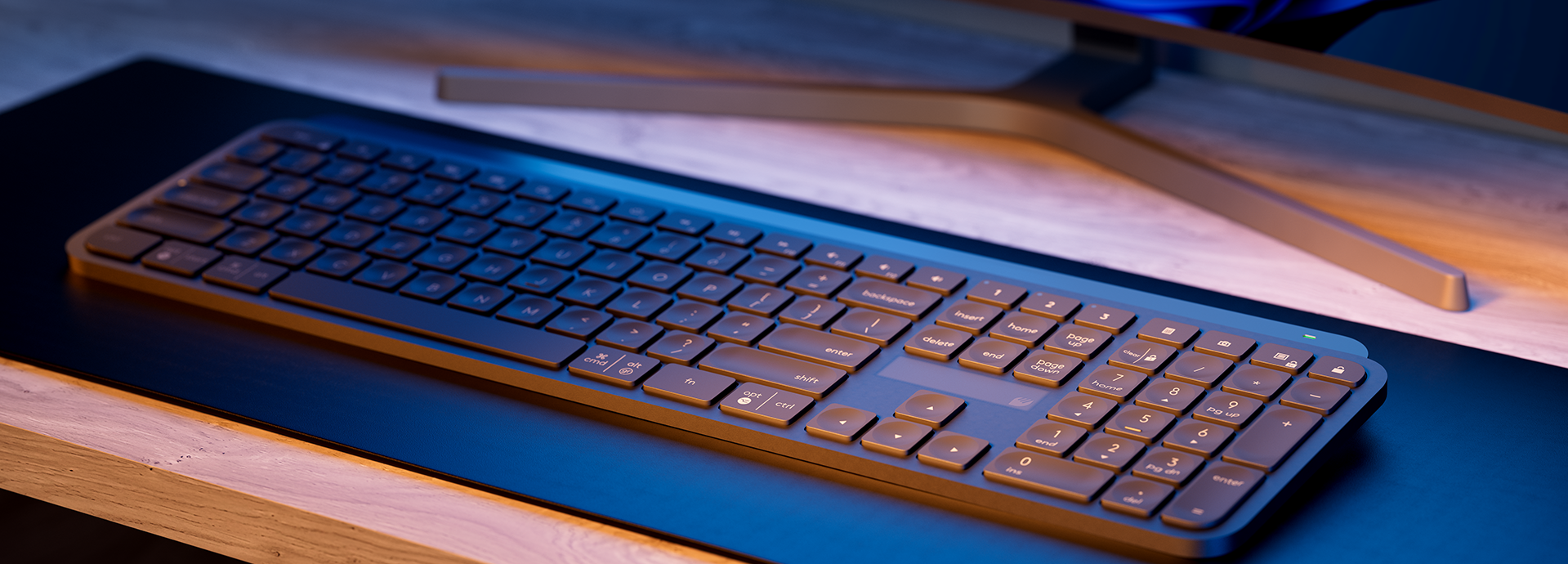 With the rising concern for environmental sustainability,
light energy
is now being integrated into kitchen design in the form of energy-efficient lighting solutions. LED lights are a popular choice, as they consume less energy and have a longer lifespan compared to traditional incandescent bulbs. Additionally, smart lighting systems allow for customizable settings and scheduling, reducing energy waste and lowering utility bills.
With the rising concern for environmental sustainability,
light energy
is now being integrated into kitchen design in the form of energy-efficient lighting solutions. LED lights are a popular choice, as they consume less energy and have a longer lifespan compared to traditional incandescent bulbs. Additionally, smart lighting systems allow for customizable settings and scheduling, reducing energy waste and lowering utility bills.
Task Lighting for Functionality
 In a kitchen, proper lighting is essential for performing tasks such as cooking and cleaning. This is where task lighting comes in, providing focused and bright
light energy
in specific areas of the kitchen. Under-cabinet lighting, pendant lights, and track lighting are popular options for task lighting, ensuring that every corner of the kitchen is well-lit for efficient and safe use.
In a kitchen, proper lighting is essential for performing tasks such as cooking and cleaning. This is where task lighting comes in, providing focused and bright
light energy
in specific areas of the kitchen. Under-cabinet lighting, pendant lights, and track lighting are popular options for task lighting, ensuring that every corner of the kitchen is well-lit for efficient and safe use.
Creating the Perfect Ambiance
 Lighting is also a crucial element in setting the mood and ambiance of a space, and the kitchen is no exception. With the use of dimmable lights and color-changing LED strips,
light energy
can create a variety of atmospheres in the kitchen, from bright and energizing to warm and cozy. This allows for a more personalized and enjoyable cooking experience.
In conclusion,
light energy
is a game-changer in modern kitchen design. From natural light integration to energy-efficient lighting solutions and task lighting for functionality, it plays a vital role in creating a functional, stylish, and inviting space. So when designing your dream kitchen, don't forget to consider the power of
light energy
and how it can transform your space.
Lighting is also a crucial element in setting the mood and ambiance of a space, and the kitchen is no exception. With the use of dimmable lights and color-changing LED strips,
light energy
can create a variety of atmospheres in the kitchen, from bright and energizing to warm and cozy. This allows for a more personalized and enjoyable cooking experience.
In conclusion,
light energy
is a game-changer in modern kitchen design. From natural light integration to energy-efficient lighting solutions and task lighting for functionality, it plays a vital role in creating a functional, stylish, and inviting space. So when designing your dream kitchen, don't forget to consider the power of
light energy
and how it can transform your space.
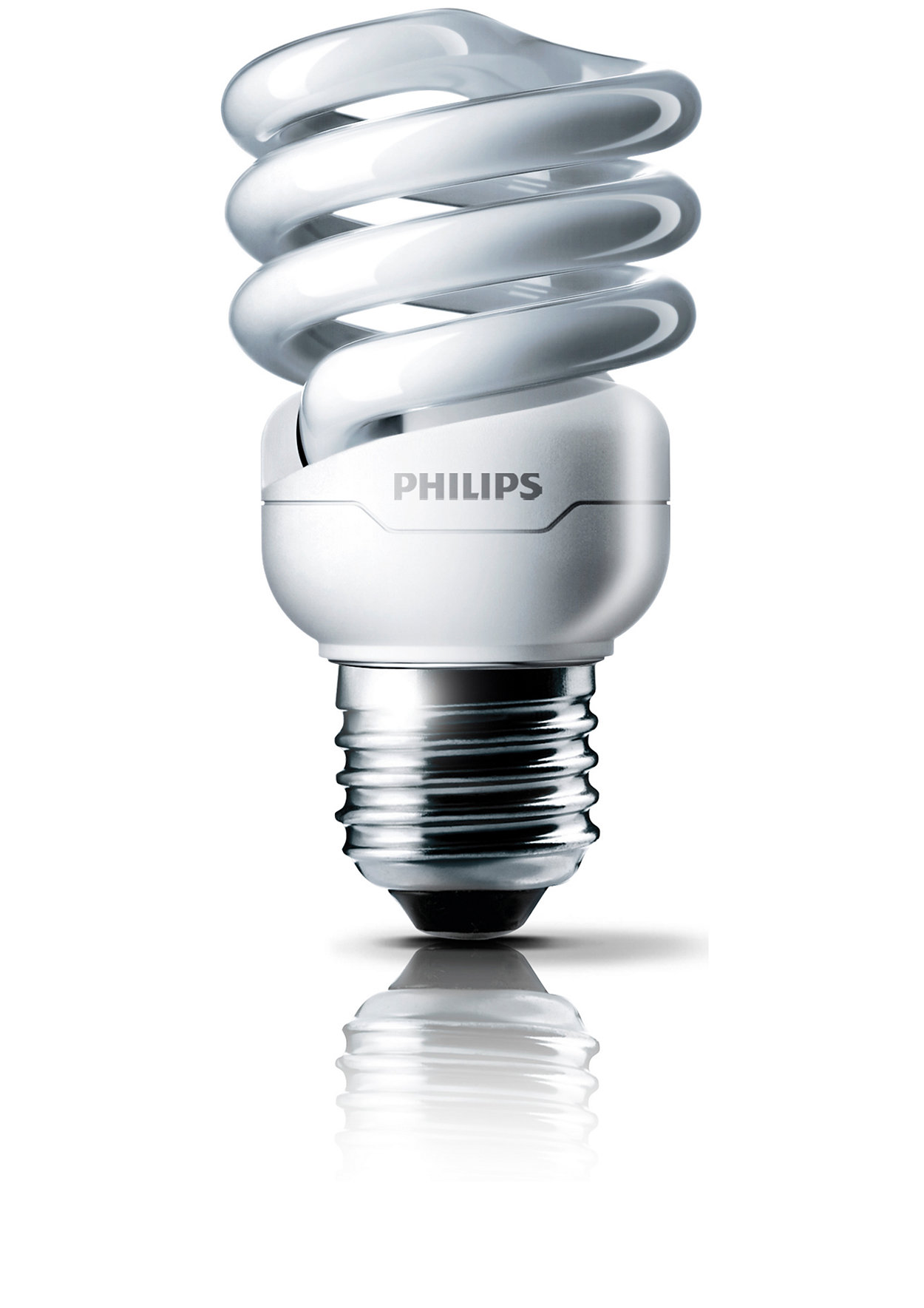






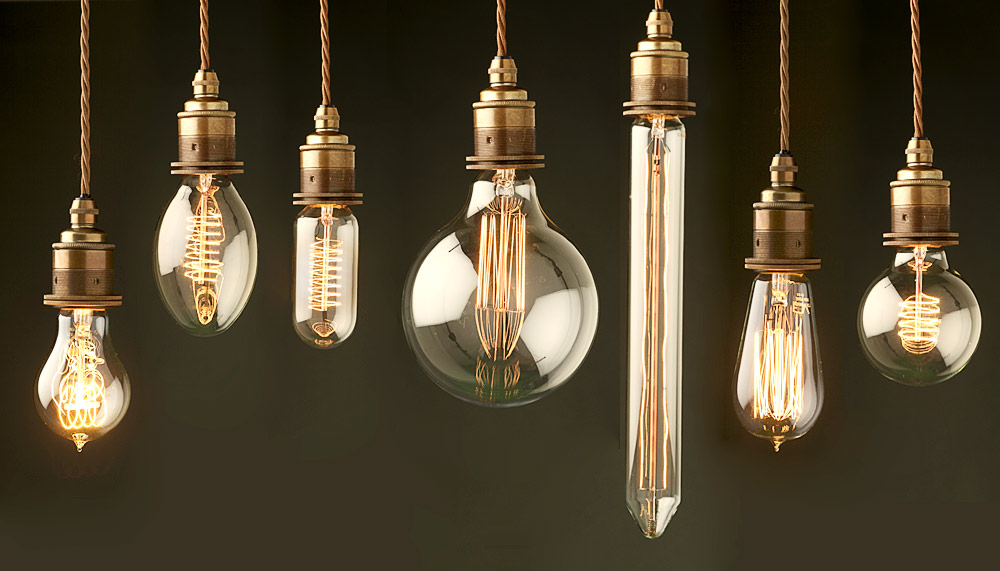
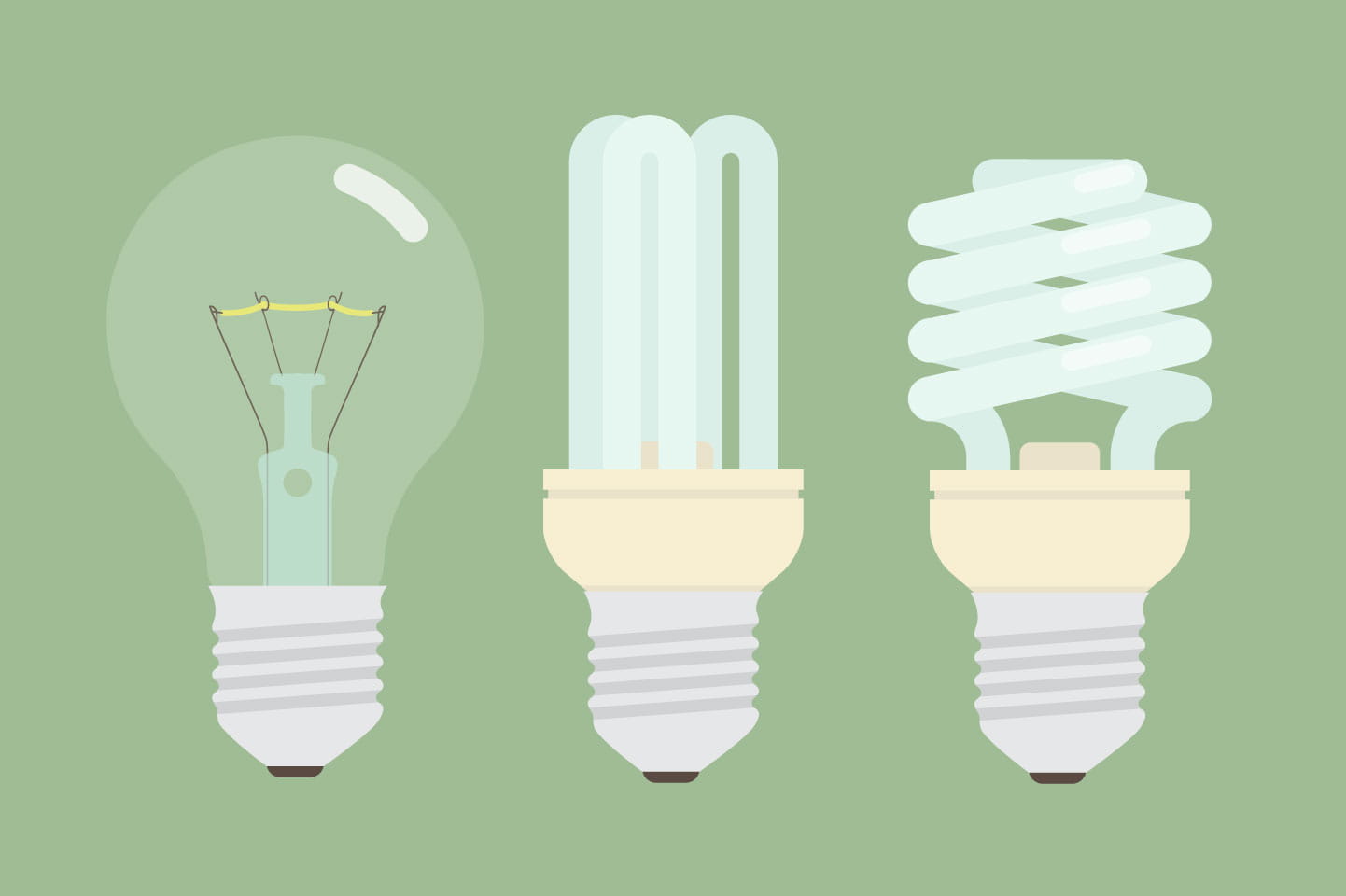




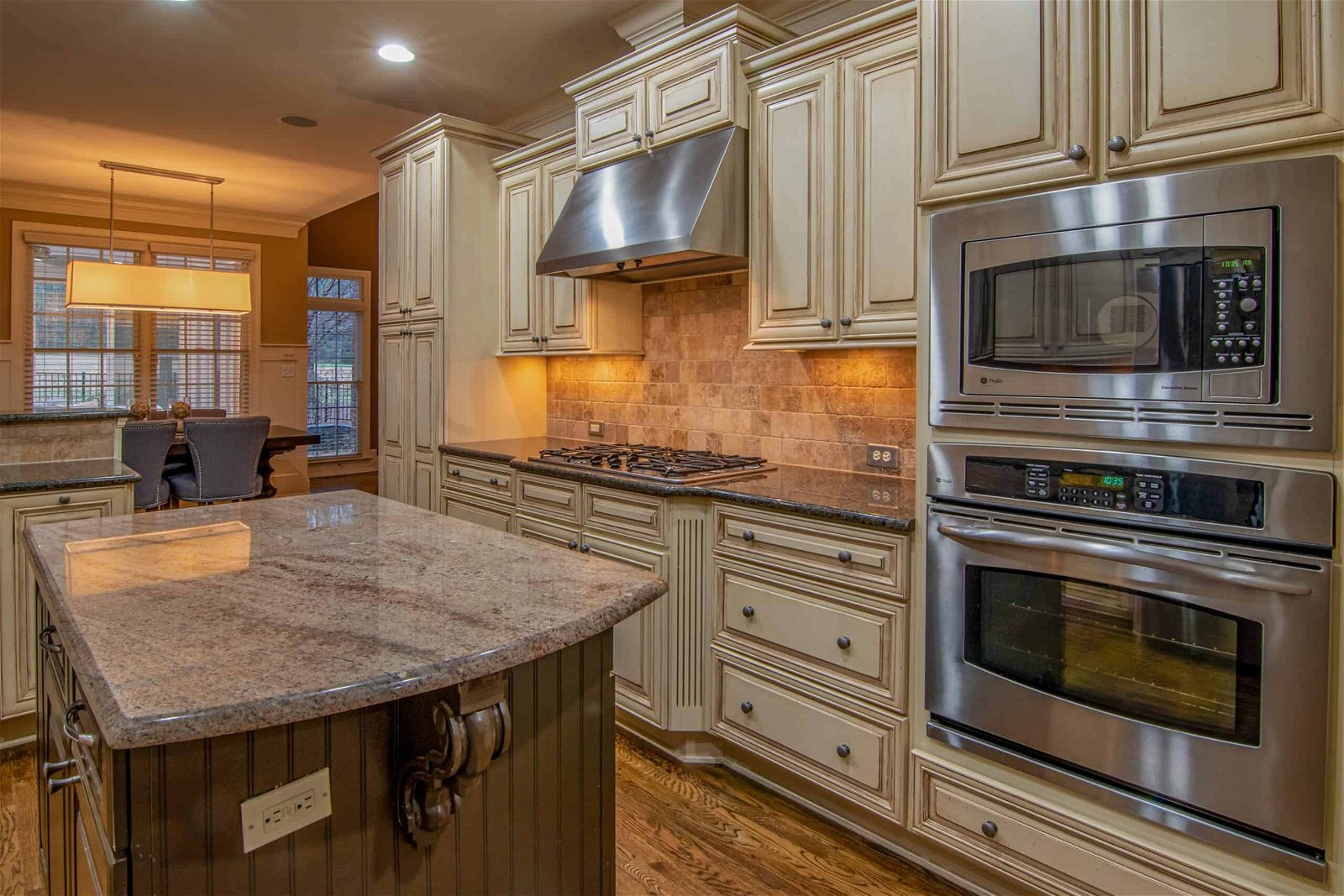

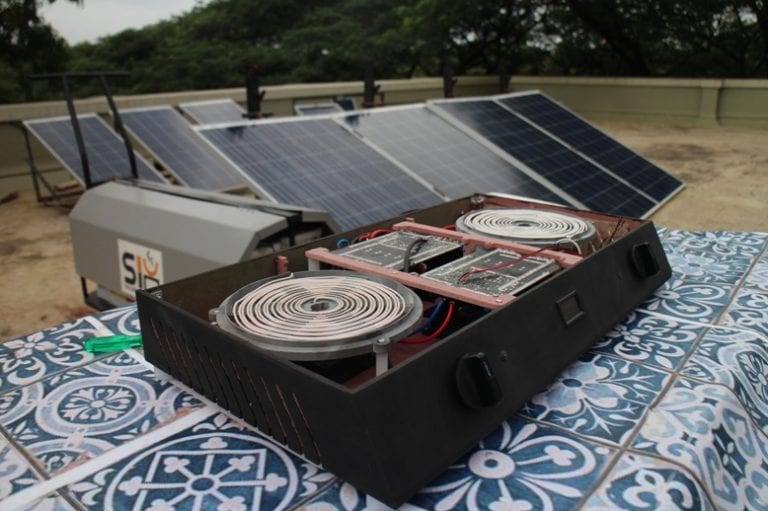




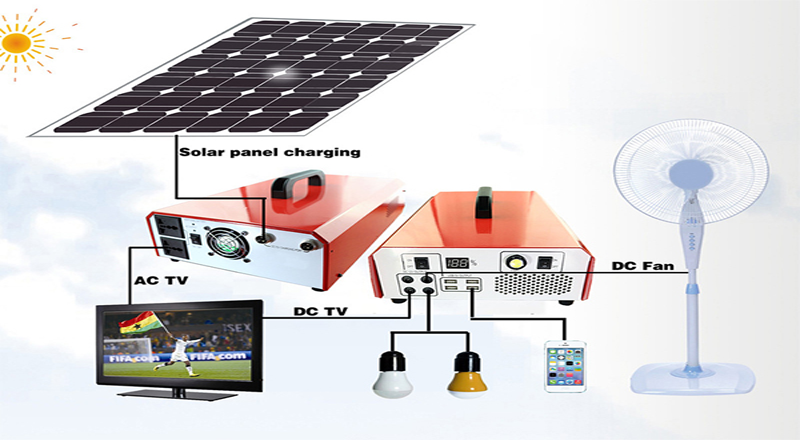


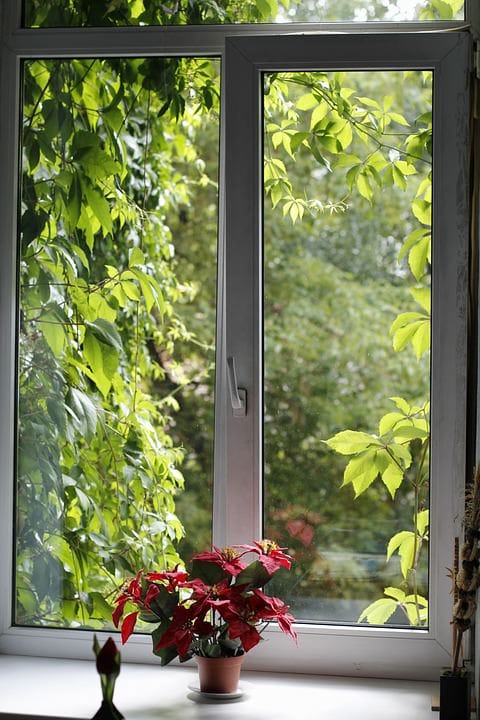


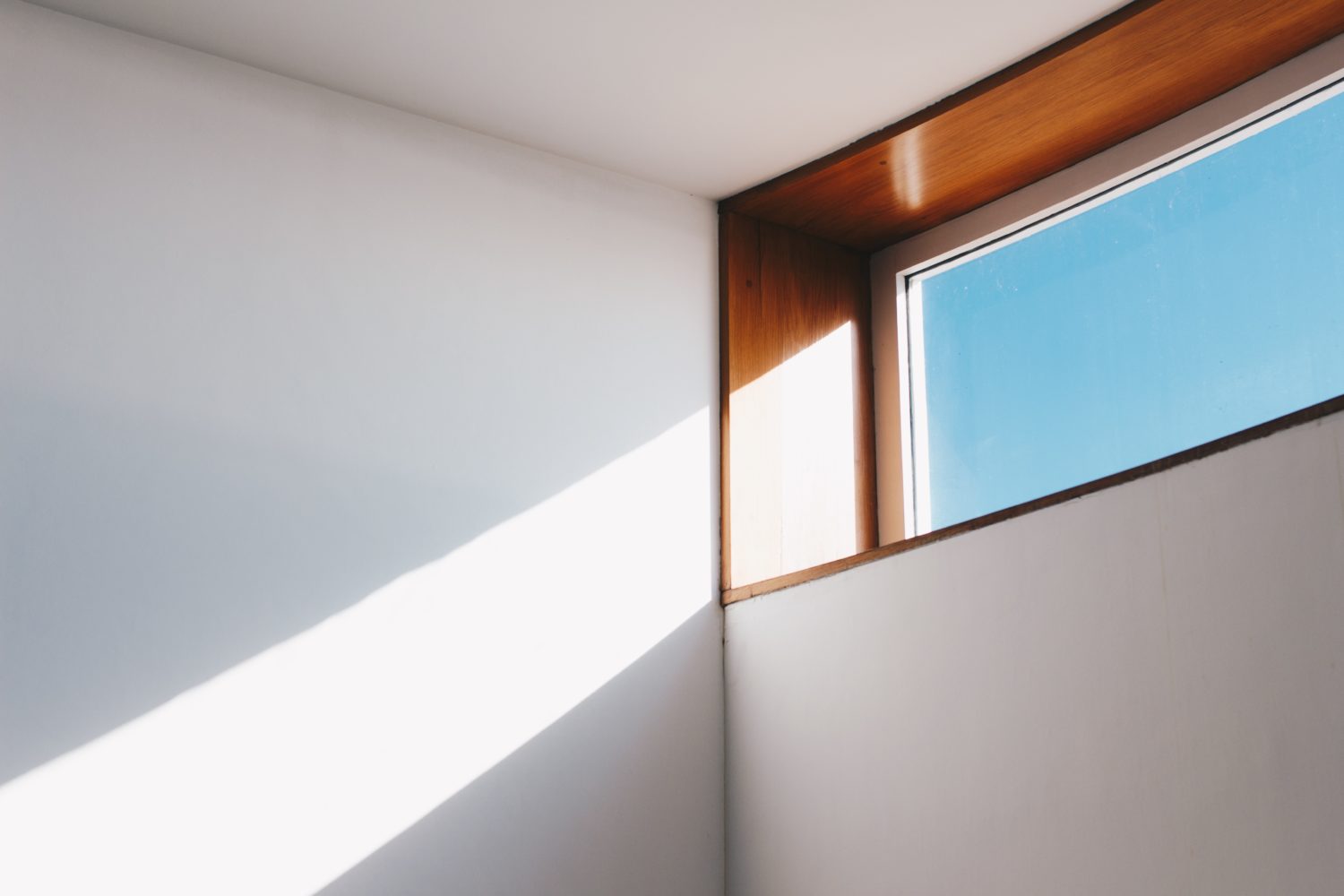

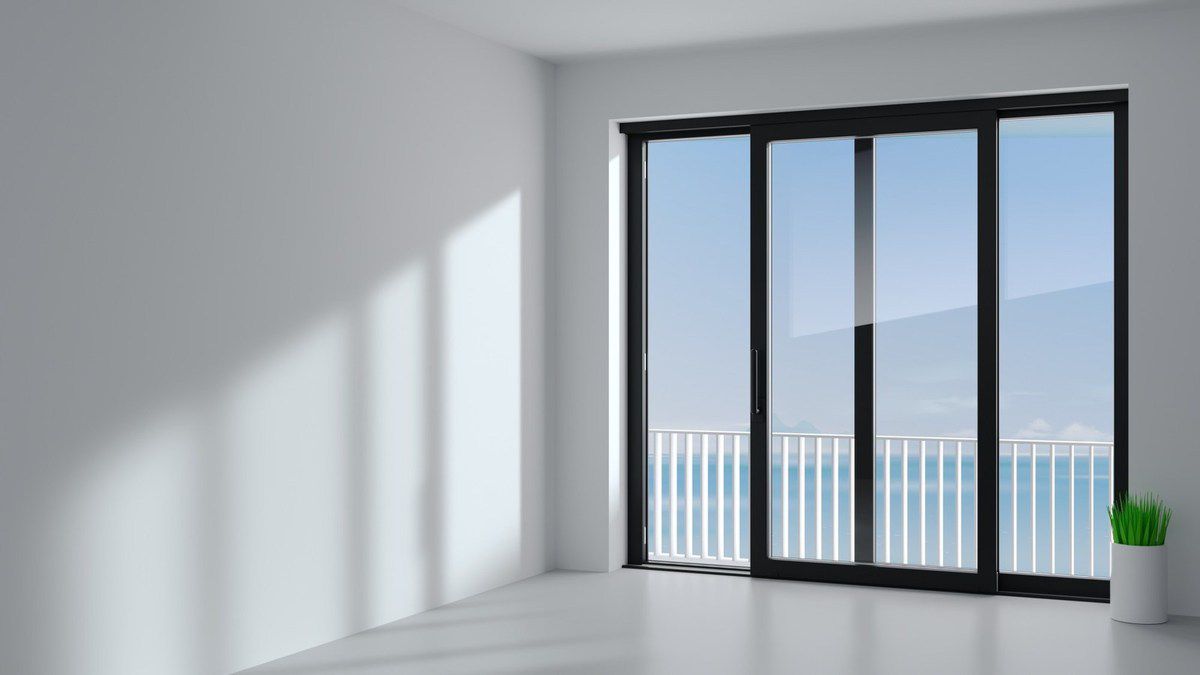

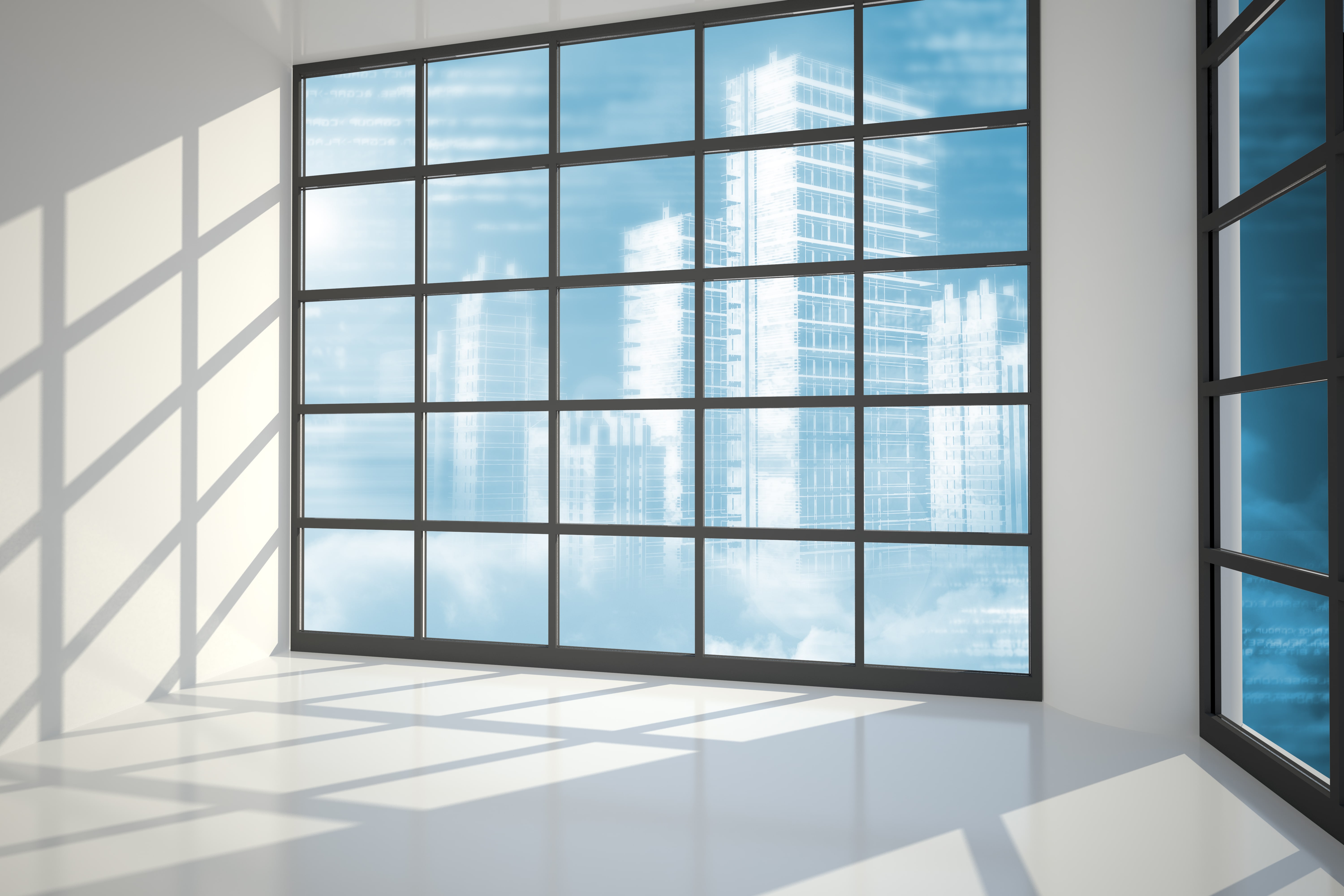
:max_bytes(150000):strip_icc()/sun-shining-in-window-behind-flower-in-glass-494358523-582b68c53df78c6f6aee3642.jpg)


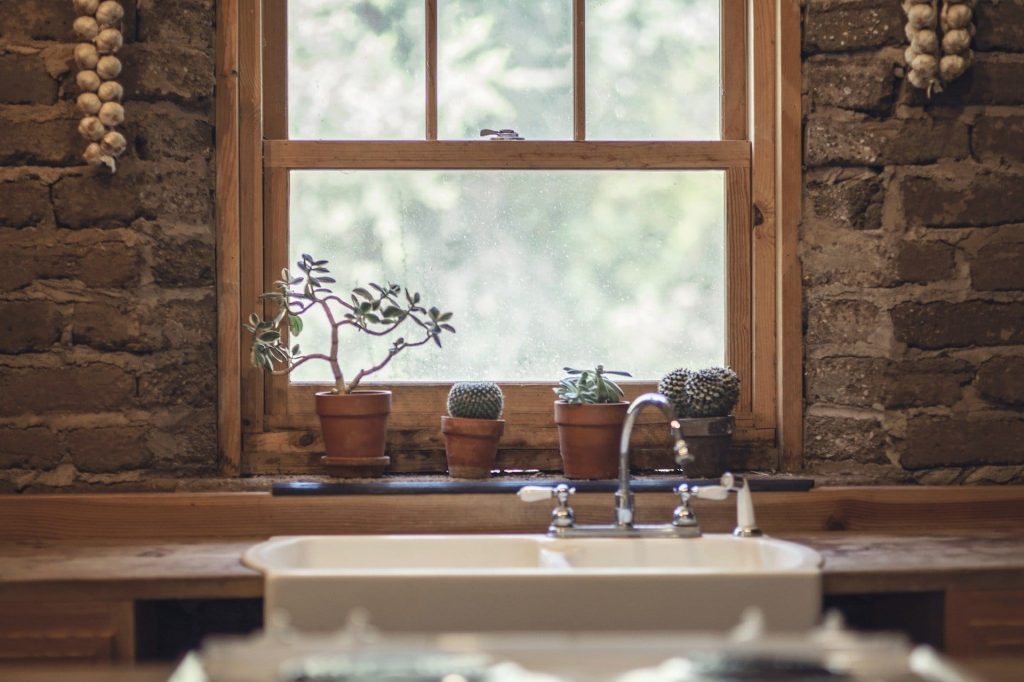



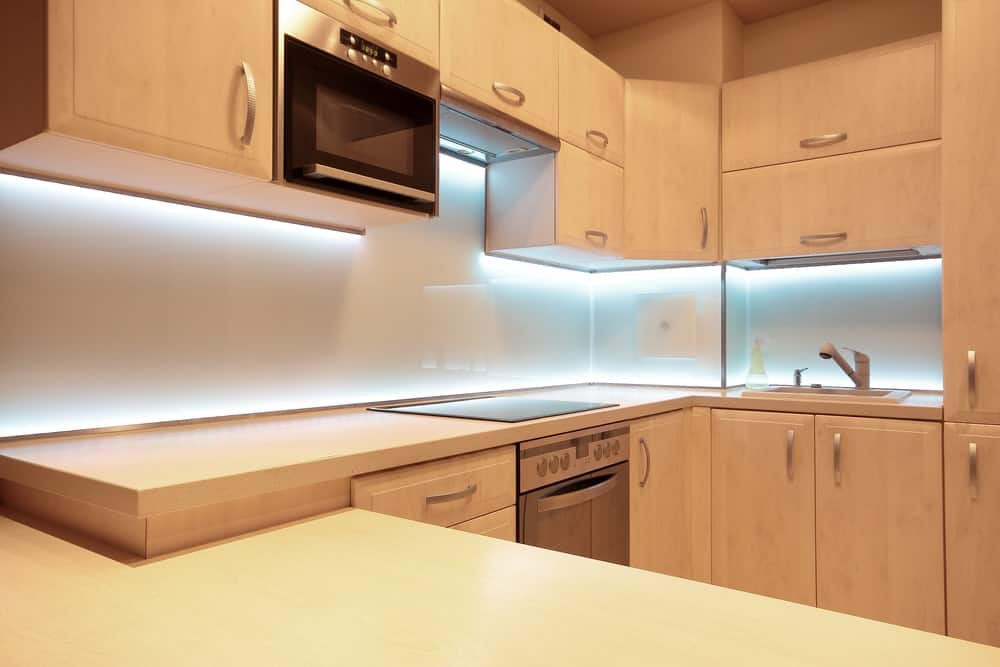
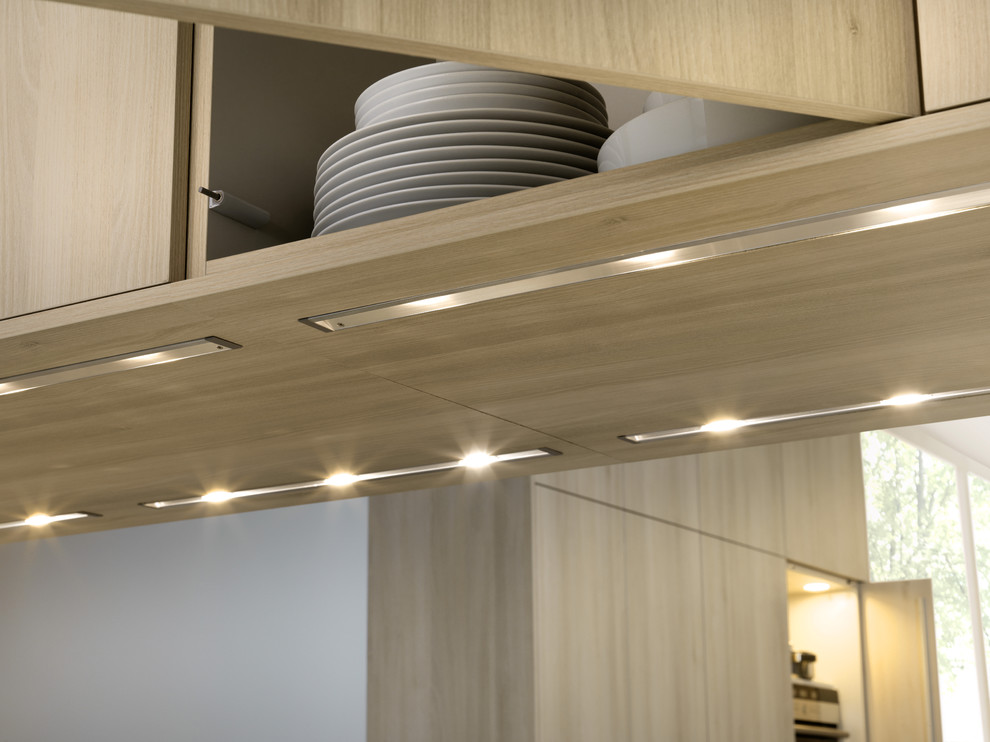

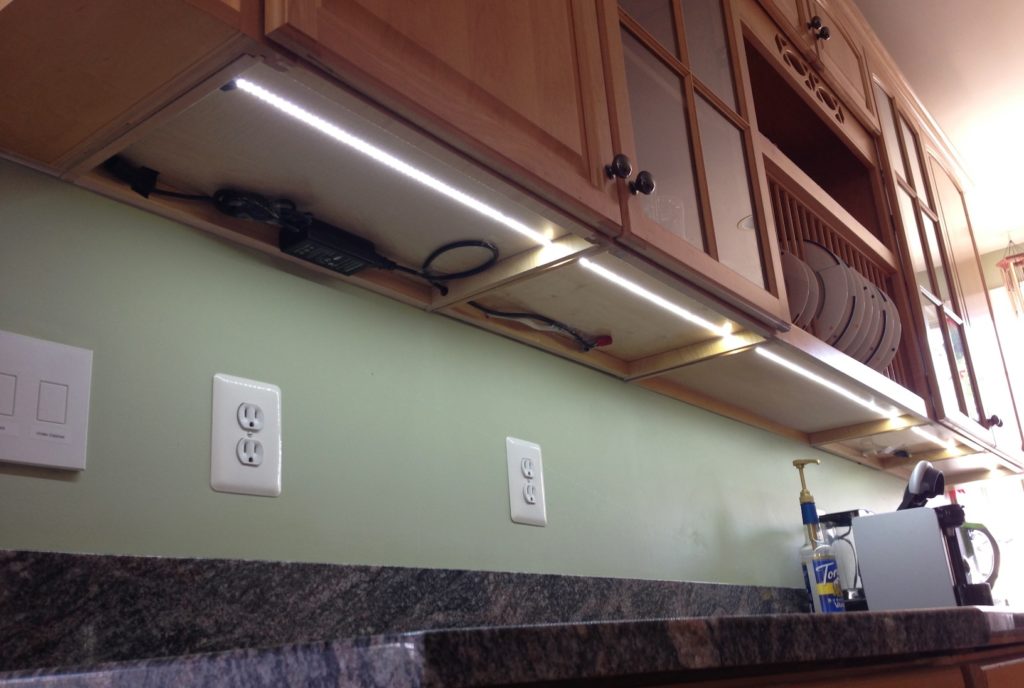






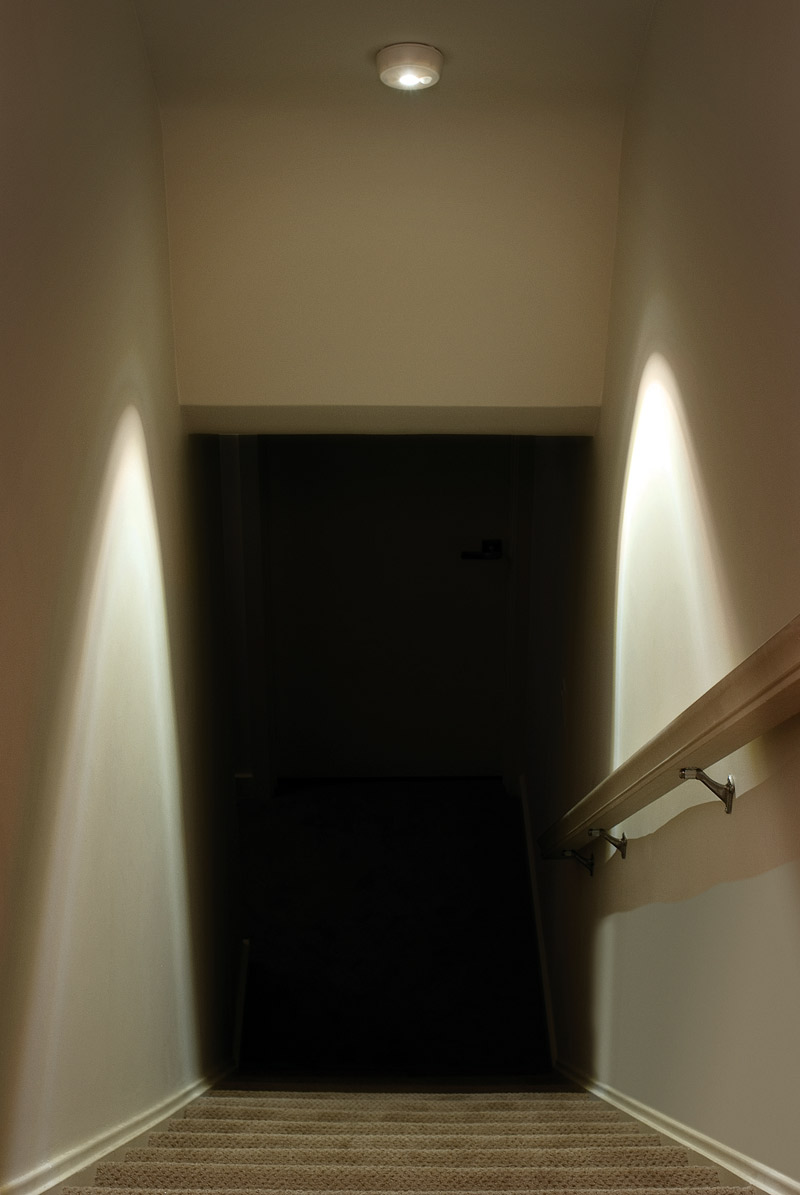

:max_bytes(150000):strip_icc()/61BhC6UssBL._AC_SL1500_-e8f9c4fc2cbd46d186b4359e3abbc761.jpg)
